The Polestar 2 is an all-electric five-door saloon that takes aim at the Tesla Model 3; it’s stylish, has excellent safety credentials, offers autonomous driving, has a quoted range of 292 miles and is rapid, where it’ll get to 62mph from a standstill in a quoted 4.7 seconds.
For those unaware, Polestar is a subsidiary of the Volvo brand. Its history can be traced back to 1996, where it operated under the name of Flash Engineering. The racing team then got sold to Volvo in 2005 and was renamed to Polestar Racing. It then underwent another name change in 2015 and now operates under Cyan Racing. This is of relevance as Christian Dahl, the team principal owner, also sold the Polestar road division to Volvo when his racing team got renamed in 2015.
Volvo in itself has also undergone different ownership, wherein 2010 it was sold to Chinese automotive manufacturing company, Zhejiang Geely Holding Group Co., Ltd (ZGH); also known as Geely. Indeed, both Volvo and Polestar brands are in part or wholly manufactured in China, where there’s a large demand for premium all-electric vehicles.
Polestar was often seen as the ‘performance’ line within Volvo’s fleet, and while this remains true to the present day, it became its own brand in 2017, which spawned the creation of the plug-in hybrid Polestar 1, and the fully electric Polestar 2, which we have on review.
If you’d prefer to watch a review of the Polestar 2, head on over to our YouTube channel.
Polestar 2 price & competition
Since its introduction to the market, the Polestar 2 that’s often referred to as P2, has undergone a few updates; from the introduction of a single-motor variant to standard equipment now being part of packs.
Indeed, at the time of writing, there are three trims available: Standard Range Single Motor (£41,900), Long Range Single Motor (£44,900), and Long Range Dual Motor (£47,900). As for your options, there’s the Pilot Lite (£2,150), Plus (£4,000) and Performance (£5,000) packs available – the latter is only available in the LR Dual Motor. A full breakdown can be found on Polestar’s website, or a quick summary can be found below:
Find the best Polestar 2 deals
Elsewhere, the Polestar 2 comes with a 3-year warranty (or 60,000 miles, whichever comes first) for faulty materials or manufacturing issues. It also has an 8-year (or 100,000 miles) battery warranty and even a 12-year corrosion warranty – handy for those who live in Norway.
As for its competition, there are a few all-electric vehicles to consider, albeit not all of them being saloons: the BMW i4 from £51,905; the Tesla Model 3 from £45,990; the Cupra Born from £34,660; the VW ID.3 from £35,835; the Honda e from £34,420; the BMW i3 from £33,805; the Hyundai Ioniq Electric from £30,550; the Renault Zoe from £30,495; the Mini Electric from £28,500; Vauxhall Corsa-e from £27,055; the Nissan Leaf from £26,995; the Fiat 500 Electric from £23,835; and the Smart fortwo coupé from £20,370.
Read next: Our favourite power banks for long journeys
Polestar 2 exterior review
As one might note, there’s very little option to customise the vehicle’s appearance, but for good reason – it looks absolutely spectacular. Aesthetically, we think the Polestar 2 is among the best-looking vehicles on the road; let alone when it’s pitted against some of its all-electric rivals.
The entire vehicle, to us, looks like a cross between a modern Volvo saloon and an American muscle car. The front is reminiscent of the Volvo S60, where the cut-off front bumper and T-shaped Pixel LED headlights give the vehicle a modern yet sporty vibe. The same could be said about the front bumper, which has a slight lip giving the car a more aggressive stance on the road.
This design philosophy also extends toward the side of the car, where the 19″ 5-Double Spoke Black Diamond Cut alloys or pictured 20″ 4-Y Spoke Black Diamond Cut alloys add an even sportier look. Plastic wheel arches and sideskirts run across the vehicle, but don’t detract from the vehicle’s design. The manufacturer has even thought about the side mirrors, which have a frameless design.
At the rear, it’s as if Polestar’s design team has taken inspiration from the Dodge Charger but have given it a modern twist. The taillights protrude from the car’s chassis and run across the entirety of the boot in a stylish fashion. It’s got a muscular look and one that sets itself apart from its EV counterparts, namely the Tesla Model 3, which has been described by many to have a fish-like design.
The Polestar 2 is also attractive from above, where when added with the £4,000 Plus pack has a beautiful fixed panoramic glass roof. However, there’s no retractable sunshade within the cabin, which could pose a problem for those living in hotter climates. On the plus side, you can purchase a lightweight mesh fabric sunshade for an additional £130.
At the top of the vehicle, you’ll also notice a projection of the Polestar logo. It can’t be seen by the front occupants, but makes for a classy look from above or for those sitting at the back.
Read next: Mini Electric review: Style over substance?
There is, however, a design element that we find quite odd: there’s a removable sticker located on each of the front doors, something that comes plastered on every new purchase or lease. It’s baffling as to why the manufacturer has chosen to keep this sticker on its vehicles, as it detracts from the car’s otherwise flawless design.
While the stickers are removable, the car’s remote cannot be changed; at least, not in its physical format. The small wireless rectangular-shaped device feels flimsy and cheap. It certainly doesn’t look like a key that one would associate with a premium car. Thankfully, you can use your smartphone to unlock the vehicle; where through Polestar’s app, you are able to lock and unlock the vehicle from afar.
Read next: Volkswagen ID.3 review: The best electric hatchback?
Polestar 2 interior and Android Automotive review
Transitioning inside the cabin, one can see many similarities to Volvo cars, as the Polestar 2 has a Scandinavian-inspired design. Take for example the centre console, it’s symmetrical, minimalistic and has a stylish gear selector that has an illuminated Polestar logo; it’s not overly complicated nor void of any physical controls either, making for an intuitive experience.
While the centre console dominates the front of the cabin, it does blend with the rest of the vehicle’s muscular exterior design and makes room for the 11.15″ display that’s planted at the centre of the dashboard.
The infotainment system gives you the ability to adjust the climate controls, tinker with the vehicle’s driving settings and also integrates Android Automotive. Indeed, the Polestar 2 was the first car to fully utilise Google’s services, where it natively supports Google Maps, Google Play and Google Assistant, the latter is arguably the best virtual assistant any company has to offer – you can ask it any question and it’ll pick up on your voice (and accent) and provide an answer from Google Search.
Its integration isn’t like Android Auto, which you can find on many other vehicles as it also serves a purpose in performing hands-free operations. For example, you can alter the fan speed or climate controls by saying: “Hey Google, turn the fan up to max” or “Hey Google, turn up the temperature by one” – voice commands work faultlessly.
These features might seem a bit trivial, but one can’t ignore its excellent integration with Google Maps. Apart from being one of the best navigation apps in the world, the vehicle also feeds battery data to the infotainment system; this allows you to better plan your journeys and even gives routing suggestions should the car’s battery level fall below a certain threshold – for example, it can add a stop at a charge point that’s along the route, which takes the stress away from EV route planning. This alone, makes it stand out over almost all of its rivals – the exception being Tesla which also offers excellent route planning through its Supercharger network.
It also calculates the amount of battery consumption should you undertake a certain route. In our example, we had 76% remaining charge and with our 13-mile trip, Google Maps indicated our estimated time of arrival and the remaining charge we would have upon reaching our destination – in this instant, 70%.
Read next: The best dash cams to mount inside your vehicle
To even better the experience, Google Maps also integrates itself within the 12.3″ instrument cluster, making it even easier to glance at your route. Should you prefer not to use Google Maps, one can opt for a more basic overview of the vehicle’s driving information. While it isn’t customisable, it’s extremely well laid out and serves its purpose.
However, the lack of a Head-Up Display (HUD) is disappointing – a feature we adore seeing on Volvo vehicles and would have liked to have seen on the Polestar 2; after all, the manufacturer could have added this as an option.
Another area of concern is the use of Google’s services. One can remove the “Hey Google” voice wake-up command, but that’s about it. Buying a Polestar 2, is similar to using one of Google’s smartphones, which means you’re not just buying a vehicle with an infotainment system but also into Google’s services – those who prioritise privacy might dislike the thought of this altogether.
Moving onto audio, the Polestar 2 houses an eight-speaker 250-Watt system as standard. Should you want to upgrade to the excellent 13-speaker 600-watt Harman Kardon system, you’ll have to opt for the £4,000 Plus pack. If you’d like to hear how it performs, watch our detailed review on YouTube.
To control media, one can do it via the multitouch 11.15″ display, via a multifunctional wheel by the centre console or through a set of media keys found on the right-hand side of the steering wheel; cruise control settings reside on the opposite side.
In terms of connectivity, there are two USB Type-C ports found at the front and two at the back. If you opt for the Plus pack, you’ll also find a wireless charging pad for smartphones, which can deliver up to 15 Watts of power; though, we did find it to work intermittently with our Samsung Galaxy S10+.
Read next: Tesla Model 3 review (2021 facelift): Should you buy into the hype?
Polestar 2 storage review
Moving onto storage, the Polestar 2 has a few places to store valuables inside the cabin. There is a slit on either side of the centre console, which allows you to store loose change or a smartphone.
Within the armrest located by the centre console, you’ll also find a small compartment. However, this will only be large enough to store a medium-sized wallet; a purse will have to be placed in the glove compartment or within the front doors, where one can also fit a 500ml bottle. The rear doors are a little more restricted and will fit a smartphone or a wallet/small-sized purse.
There are two cupholder spaces by the centre console too: one in plain sight, the other is found within the armrest. Here, the armrest has a sliding function that allows those with longer arms to sit comfortably. However, if you have a strong arm it’ll slide back and forth without much resistance as there’s no locking mechanism to keep it in place.
In terms of boot capacity, there’s 405 litres, where this figure also take into account a 41-litre underfloor storage compartment. Pop the seats down and you get a flat loading bay with 1,095 litres of usable space – 1,054 without the underfloor part.
Here’s how it stacks up to its competitors: Hyundai Ioniq 5 (520/1,587 litres); BMW i4 (470/1,290 litres); Nissan Leaf (435/1,161 litres); Hyundai Ioniq Electric (357/1,417 litres); Tesla Model 3 (425/1,235 litres); Audi e-tron GT (405/1,150 litres); VW ID.3 (385/1,267 litres); Porsche Taycan (366/1,100 litres); Renault Zoe (338/1,225 litres); Mini Electric (211/731 litres).
While the Polestar 2’s rear boot isn’t as big as its rivals, it does offer a practical hatchback design that makes it easier to access over the likes of the Tesla Model 3. It also has a vertical divider that props up to prevent luggage or smaller weekly shops – where there are fewer grocery bags – from flying around. Lashing points, hangers and a 12V socket also make for a bettered experience when transporting goods.
To operate the electric tailgate, which comes fitted as standard, you can find a button within the cabin, while from the outside there’s an awkwardly-placed button above the number plate. You can also use a Kick Function or operate the boot via the wireless remote. The latter two options are ideal for hands-free operation.
There’s also a 35-litre front boot (frunk) compartment that offers just enough space for a set of charging cables. We did find that accessing the frunk is a little unintuitive. To do so, you need to pull a lever found inside the cabin; much like opening the bonnet on an ICE-based vehicle. Closing it isn’t easy either, as you’ll need to apply a substantial amount of force to ensure it closes properly. It’s also very loud when slammed shut, which isn’t ideal if you store the charging cables within the frunk and regularly charge at night – it might disturb your neighbours.
Read next: Volvo XC40 Recharge Twin review: A powerful luxury electric SUV
Polestar 2 comfort review
While closing the frunk isn’t the most comforting sound, you’ll be pleased to know that the Polestar 2’s cabin is well insulated. At a standstill, there’s very little exterior noise that can be heard, although, this changes when you hit the road as tyre noise creeps in, namely when going at speed; we’d say it’s on-par with the BMW i4 but not as serene as the Tesla Model 3.
Regarding the seats, they’re a little firm but do still provide a comfortable experience. With the Plus pack, the front two become electronically adjustable, and the steering wheel and rear outer seats become heated; as standard, the front two are heated.
Elsewhere, the Polestar 2 has a pressure sensor that’s located within the driver’s seat – a feature we found present in the VW ID.3 – this makes driving a breeze, where there’s no start/stop button. While this does better single-occupant driving, it will pose a problem for those who regularly transport family or friends. If, for example, the driver is to leave the vehicle, and the occupants choose to remain seated at the rear, they’ll be treated to no infotainment system nor climate controls – not ideal if you have kids and want to quickly pop to the newsagents.
In terms of seating, the Polestar 2 will cater for up to five occupants, and should you not use the rear middle seat, it can be brought down to act as an armrest. Here, you’ll also find two cupholder spaces.
Find the best Polestar 2 deals
As for legroom, it’s good at the front and back of the cabin, but headroom is limited; 6-foot 4-inches (193cm) individuals will feel henned in or have to slouch at the rear of the cabin in order to get comfortable.
Getting in and out at the front of the vehicle could also pose a problem for those with longer legs or those who are of a larger build – the dashboard design makes for a somewhat sharp edge that protrudes at its extremities.
It’s also odd to see that the manufacturer has retained the transmission tunnel in its EV; we suspect it’s due to the P2 being based on its part-electric sibling, the Polestar 1 – nevertheless, it’s poor optimisation as this could have bettered rear occupant comfort.
On the plus side, the vehicle’s driving height is perfect. The driver’s seat isn’t propped up and can be brought down to racing-car levels – a nod to Polestar’s history of racing in touring car championships.
Visibility is also excellent at the front and side of the vehicle, where even the borderless wing mirrors have a positive impact on the driving experience. However, rear visibility is limited, where no rear wiper means you’ll have to get your hands dirty should you traverse muddier terrain. Thankfully, a high-resolution rear camera, and front and rear parking sensors make it a breeze to reverse into a tight parking space. Should you want to better the experience, you can opt for the Pilot Lite pack, which adds 360-degree cameras, side Park Assist, rear collision warning and cross-traffic alert.
Read next: Audi e-tron GT review: Better than the Porsche Taycan?
Polestar 2 performance review
In terms of performance, we tested both the Long Range Single Motor (LR Single Motor) and Long Range Dual Motor (LR Dual Motor) with the Performance Pack. The latter adds Öhlins Dual Flow valve dampers – naturally, you’d think they can be adjusted through the infotainment system, but that’s not the case with the Polestar 2. Should you wish to tailor the dampers, you’ll need to get your hands dirty and adjust all four manually; a task you’d not expect to do in a modern vehicle.
Nevertheless, we suspect most won’t need or want a stiffened suspension as we feel it’s best suited for track use only. For everyday commutes or even spirited country road driving, we’d suggest leaving the dampers at their standard level or indeed, not opting for the £5,000 Performance Pack altogether. Still, the P2’s suspension setup won’t be as soft as the Tesla Model 3, VW ID.3 or the excellent system found on the BMW i4.
With the dampers set to their default level, we found ourselves extremely impressed by the vehicle’s handling characteristics, namely around country roads. The Polestar 2 LR Dual Motor, which operates on an all-wheel-drive (AWD) system, doesn’t suffer from any body roll, gives you plenty of confidence while cornering, and with its 51% front and 49% rear weight distribution, results in an excellent driving experience; the P2 has a better connection with the road than the likes of the Tesla Model 3 and VW ID.3, but can’t quite compete with the BMW i4 when it comes to the overall driver’s feel.
Aside from the AWD model, the LR Single Motor that operates on a front-wheel drive (FWD) system is still surprisingly planted on windy country roads. It doesn’t suffer from rebound like the single-motor Tesla Model 3 nor front wheel spin like other FWD EVs. Both the AWD and FWD models are seriously fun to drive, with the former being the better out of the two due to its bettered weight distribution and grip levels.
Speaking of performance, the AWD model has two identical motors, one per axle that combined output 300 kW (408 hp) of power and 660 Nm of torque. Top speed is limited to 127mph. The FWD model has 170 kW (228 hp) of power, 329 Nm of torque and a top speed of 100mph.
In our 0-60mph tests using Racelogic’s Vbox Sport, we found the Polestar 2 AWD managed a time of 4.68 seconds, while the FWD variant 7.56 seconds. Both times should suffice for most individuals, but should you want even more of a punch, the single- and dual-motor EV offerings from Tesla and BMW offer a superior straight-line speed to 60mph.
Putting your foot down to the metal is fun, but realistically most won’t be doing it on repeat; what is of greater importance is its electric driving range. Here, the P2 AWD without a heat pump installed managed a measly 200 miles on a single charge, but if you add a heat pump – comprised within the £4,000 Plus pack – you’ll net a more respectable 240-250 miles. This is superior to the AWD 80.7 kWh BMW i4 which achieved 200-210 miles and the RWD 58 kWh VW ID.3 at 230 miles. None of the aforementioned vehicles can compete with the Long Range 82 kWh Tesla Model 3 which managed to squeeze a whopping 310 miles in our mixed driving tests.
The situation changes when we switch to the P2 LR Single Motor, which houses the same 78 kWh lithium-ion battery pack. Here, we netted an impressive 250-270 miles. By comparison, the single-motor Tesla Model 3 and BMW i4 achieve 230-250 and 240-250 miles, respectively; making the Polestar 2 the longest-range single-motor all-electric saloon on the market.
Find the best Polestar 2 deals
No matter which model or pack you choose, you’ll be pleased to know that the regenerative braking modes make for an excellent experience. There are three to choose from: Off, Low and Standard. The latter is the most aggressive, where it allows for one-pedal driving. Unlike the BMW and VW, it also saves the last-used mode, meaning you don’t have to initiate a one-pedal drive each time you step inside the cabin. Tesla offers a similarly intuitive experience in this department.
As for recharging, the Polestar 2 supports up to 150 kW of input, allowing you to go from 0-80% charge in 40 minutes. Opt for a 50 kW rapid charger and this figure goes up to 80 minutes. If you don’t have access to a CCS port and only have a wallbox or public charger with a Type 2 output, it’ll take up to 11 hours to charge from empty to full on a 7 kW input. The car also supports a 3-phase 11 kW input, which brings this time down to 7 hours.
Read next: A list of our favourite phone holders
Polestar 2 safety review
When it comes to safety, the Polestar 2 scored 5/5 stars in Euro NCAP’s rigorous crash tests; it managed 92% in Adult Occupancy, 89% in Child Occupancy, 80% in Vulnerable Road User testing and 86% in Safety Assist systems. Just for comparison, the Tesla Model 3 achieved 96%, 86%, 74% and 94%, respectively.
While we can’t affirm to these crash tests, we did find ourselves impressed by the driver assistance systems – as standard you get: Cruise Control, Run-off Road Mitigation, Oncoming Lane Mitigation, Lane Keeping Aid, Post Impact Braking, Driver Alert Control, Road Sign Information and Speed Limiter.
Should you want to better the experience, you might want to add the £2,150 Pilot lite pack, which adds: Adaptive Cruise Control, Blind Spot Information System with steer assist, Cross Traffic Alert with brake support, Rear Collision Warning & Mitigation, Emergency Stop Assist and Pilot Assist. The latter is excellent, whereby it keeps you centred in the lane and at a safe distance from the leading vehicle and even has stop and go technology. It’s on-par with some of the best adaptive cruise control systems on the market, such as those found in the Tesla Model 3 and BMW i4.
Read next: BMW i4 review: Is the i4 eDrive40 better than the i4 M50?
TotallyEV’s verdict on the Polestar 2
The question is, which model should you pick? When we reviewed the all-electric saloon in 2021, we were left disappointed by its electric range – the AWD model without a heat pump has much to be desired. Should you add the £4,000 Plus pack, you’re looking at a £51,900 vehicle; for a little more, we’d suggest the Long Range Tesla Model 3 instead, as it offers far superior range and superior straight-line speed.
Find the best Polestar 2 deals
Where the Polestar 2 becomes really attractive, at least in our opinion, is with its single-motor offerings. Not only are the Standard and Long Range models competitively priced, but the latter, with the Plus pack is our favourite of the bunch; it costs £48,900, whereby in comparison, the single-motor Tesla Model 3 and BMW i4 cost £45,990 and £51,905, respectively. Here, the former offers a better charging infrastructure and costs less, while the latter has a better driver’s feel and offers more boot space, albeit costing more.
Ultimately, the LR Single Motor P2 offers an excellent electric range, good driving characteristics, a familiar and practical interior design, a stylish exterior look and an excellent infotainment system that uses Google’s services. This model gets our recommendation and wins TotallyEV’s Best Buy award.
Would you pick the Polestar 2 over its rivals? Let us know in the comments section below or via social media; we’re on: YouTube, Instagram, Facebook, Twitter and LinkedIn.

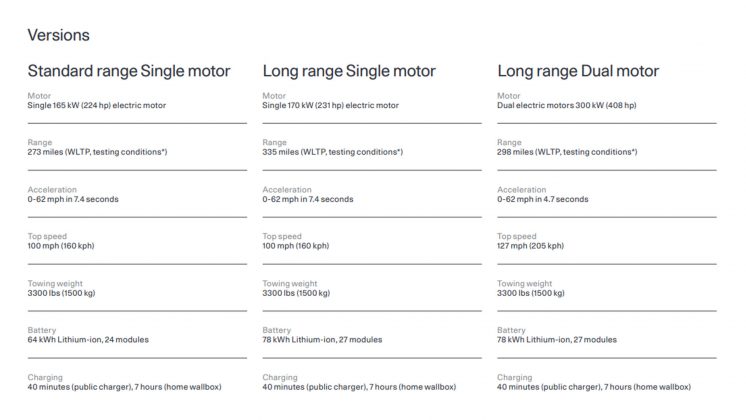

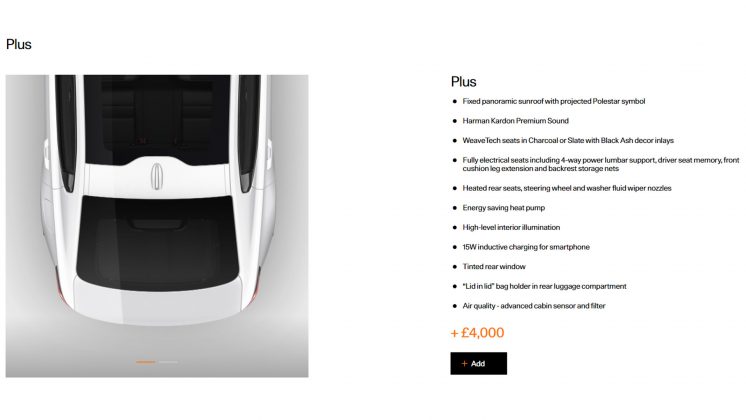

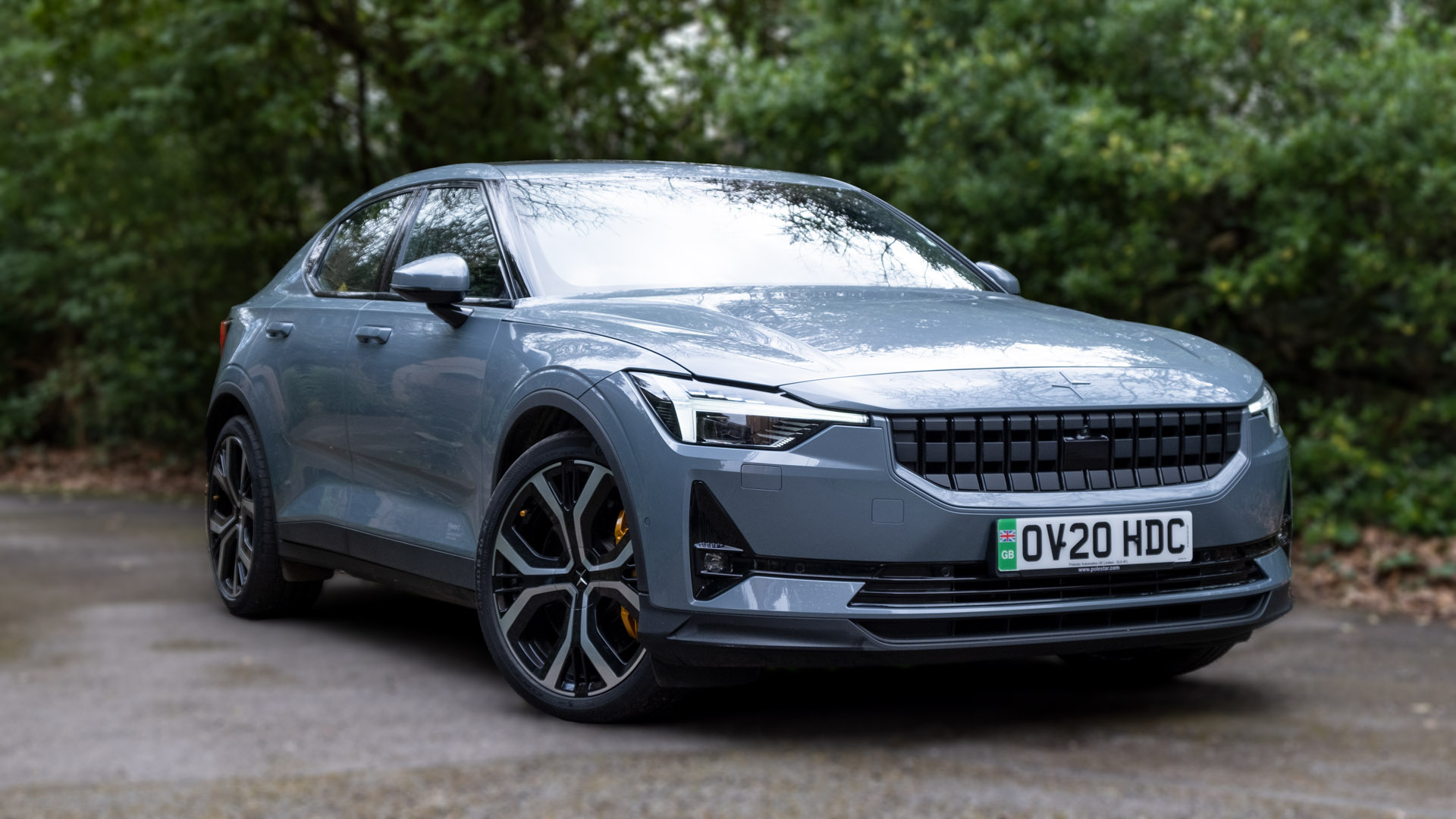
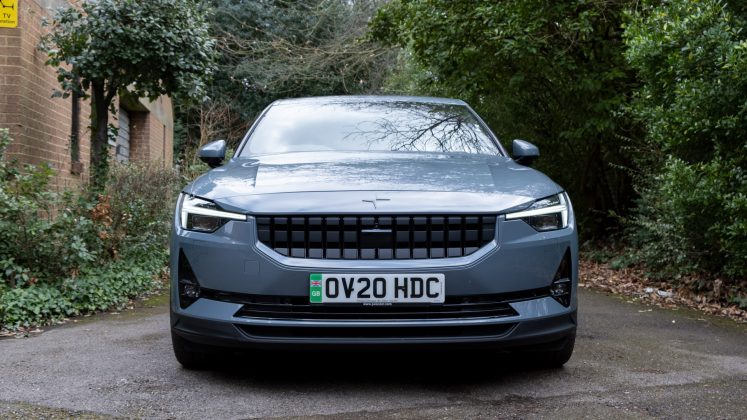
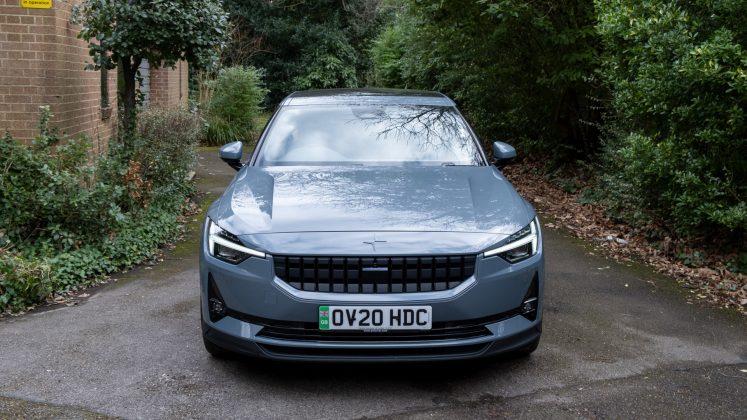
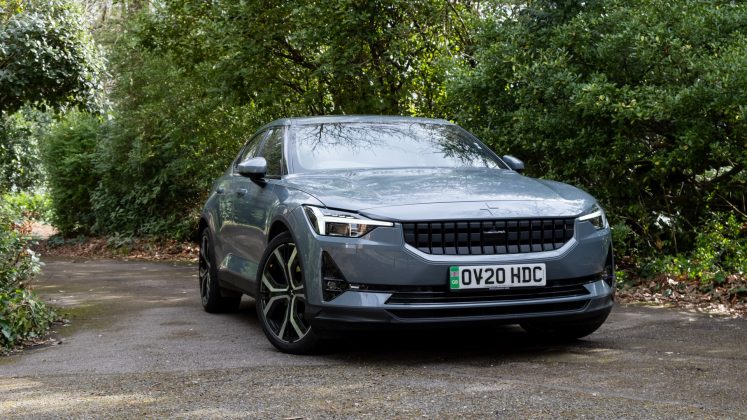
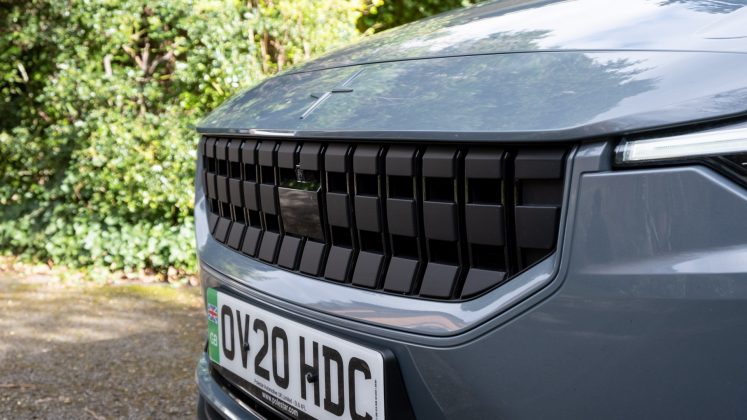
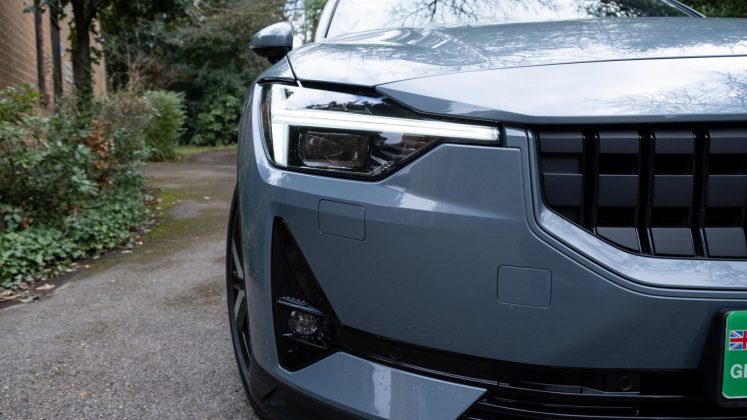
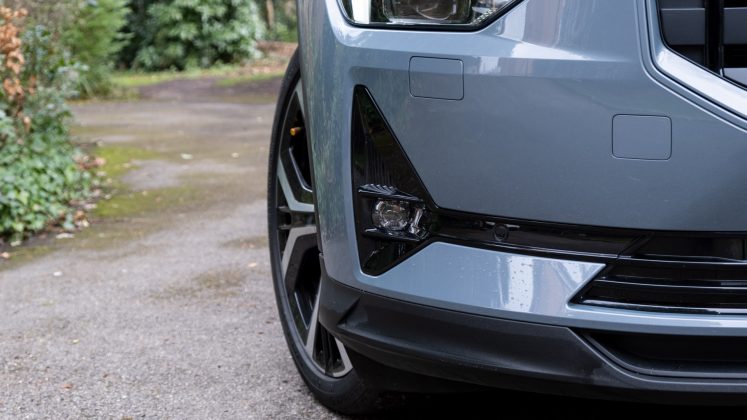
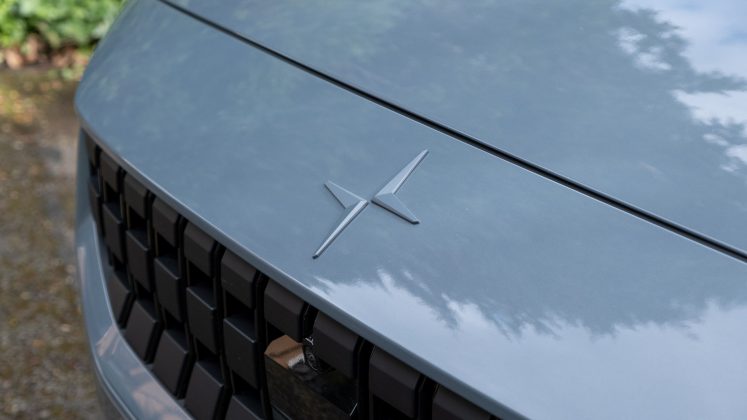
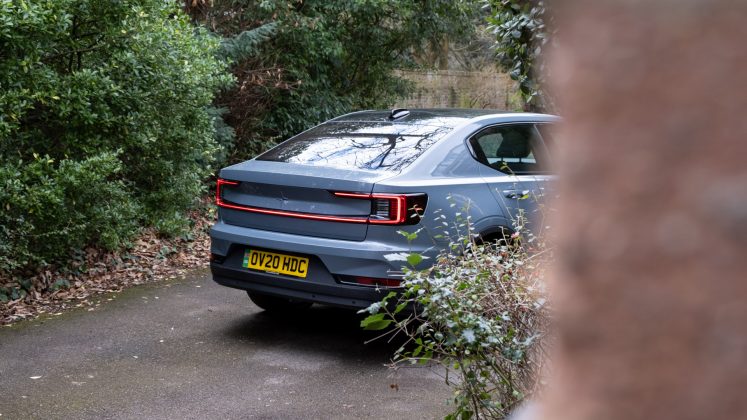
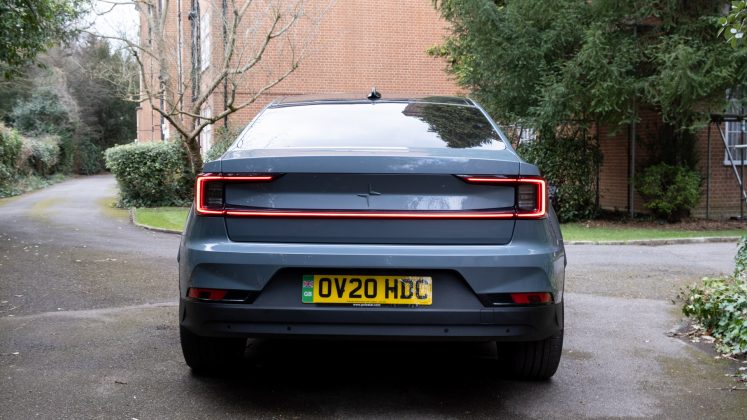
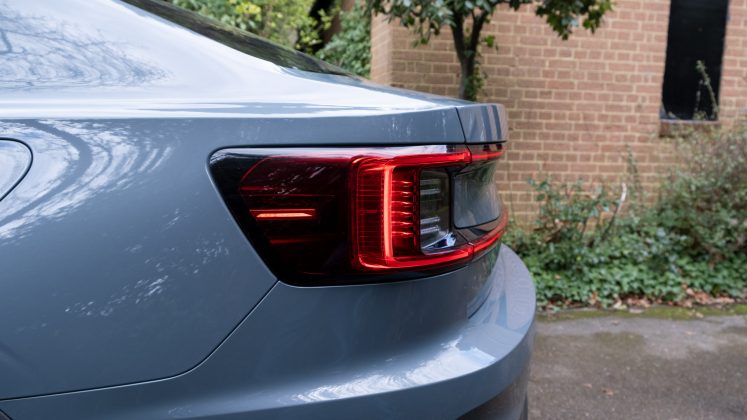
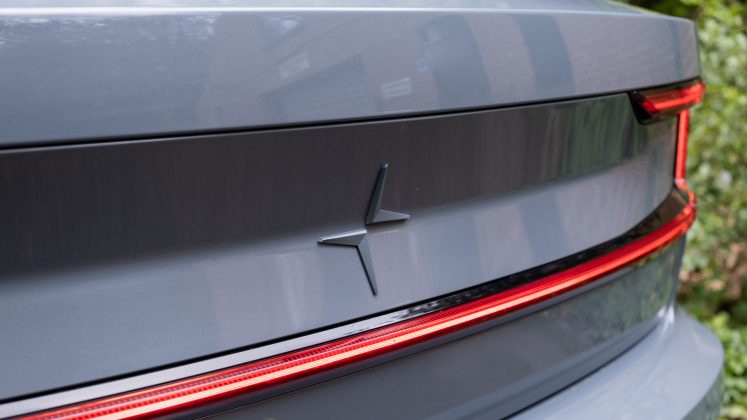
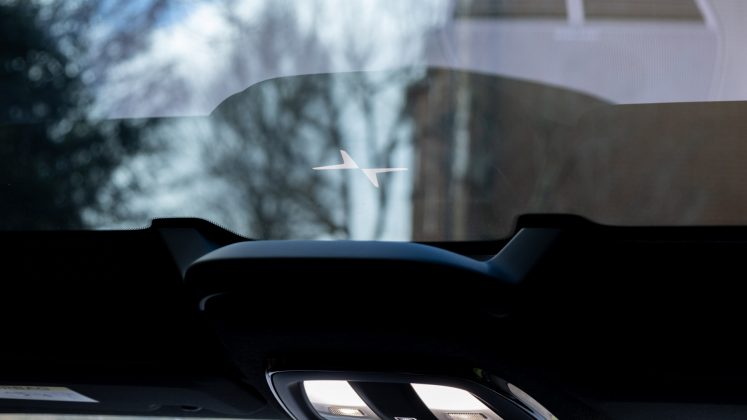
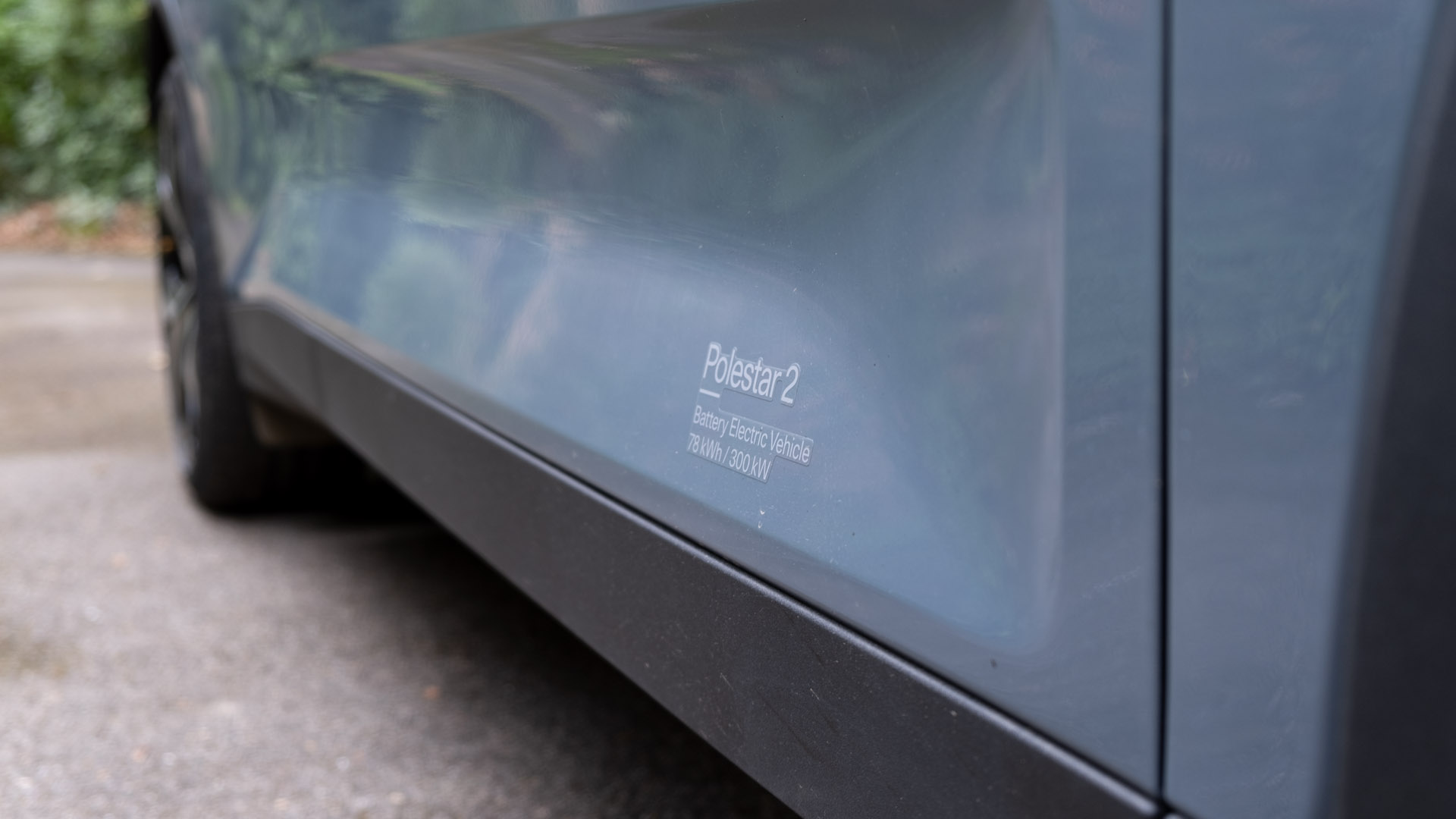
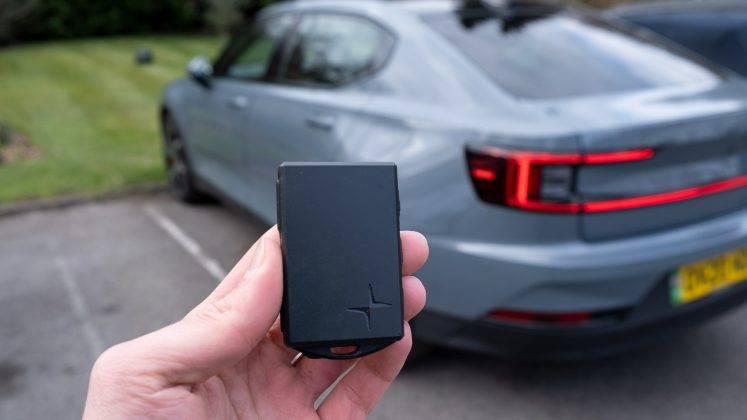
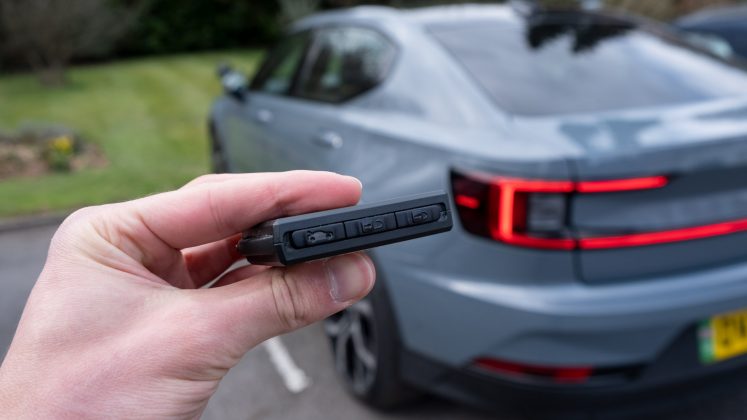
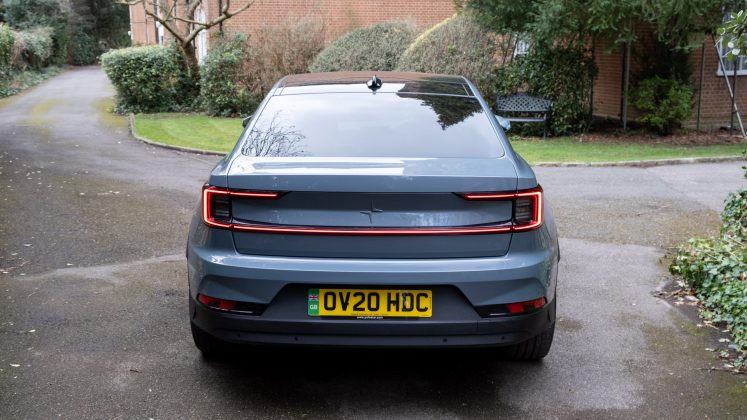

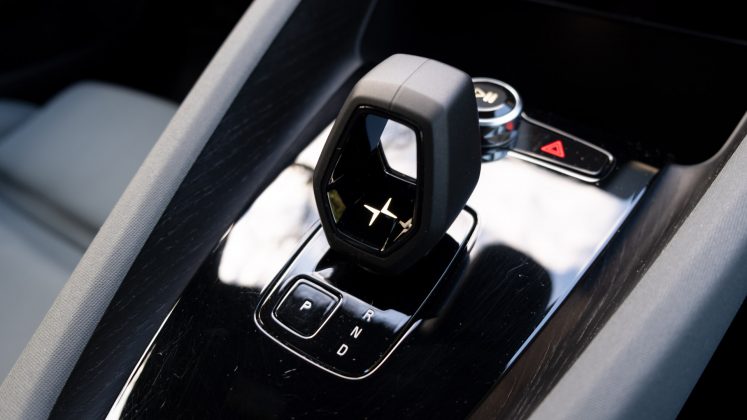
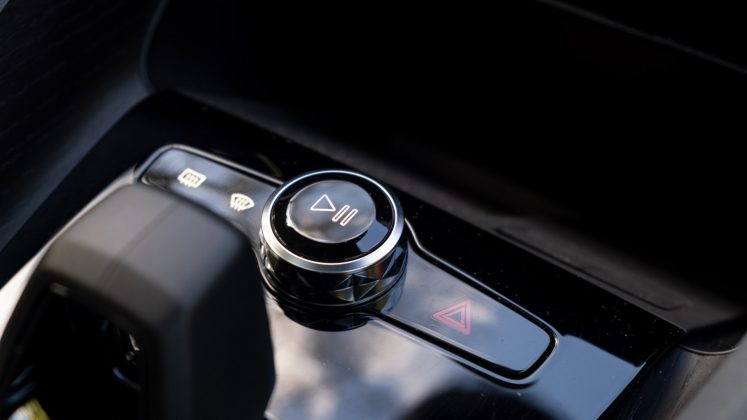
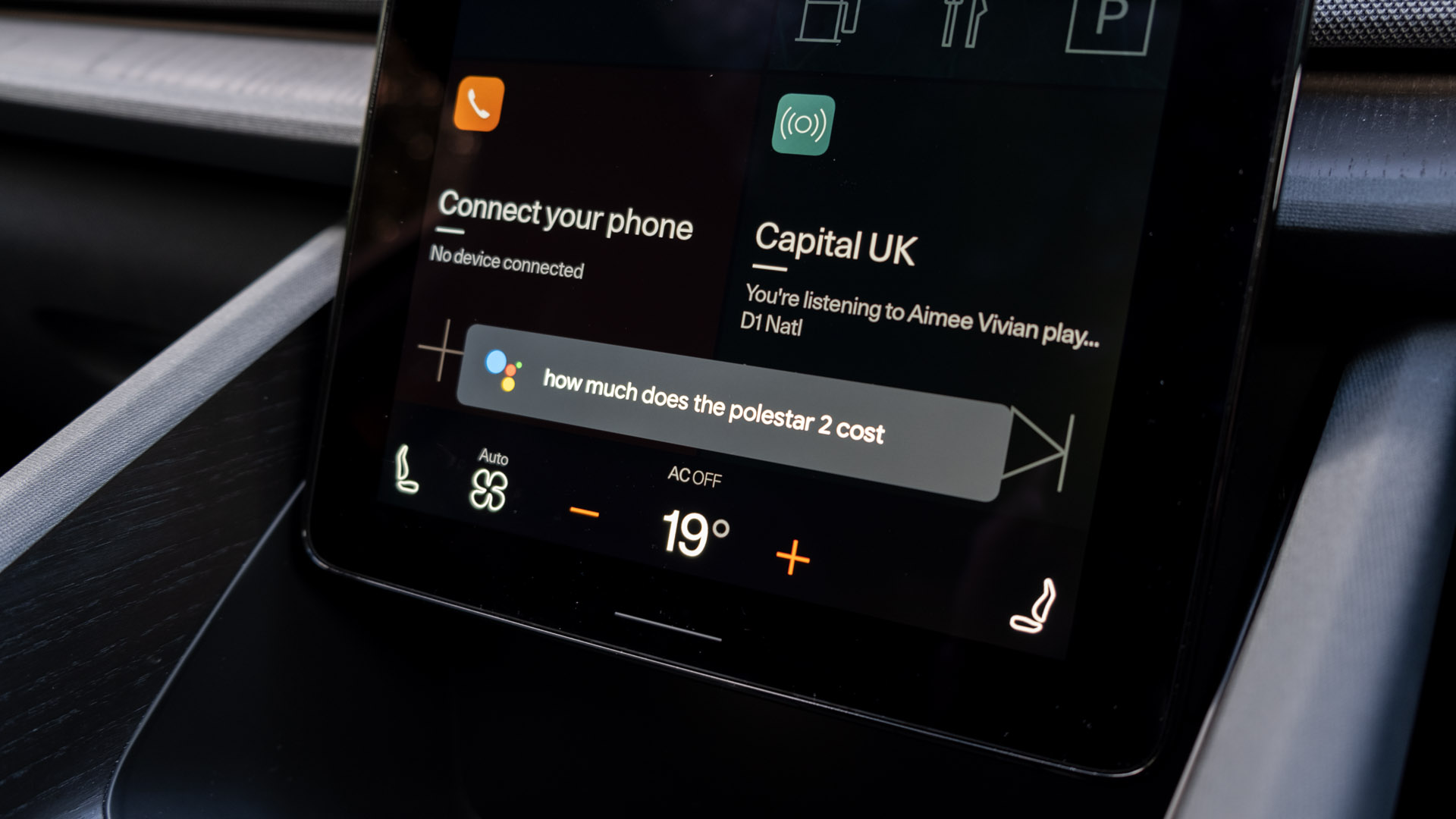
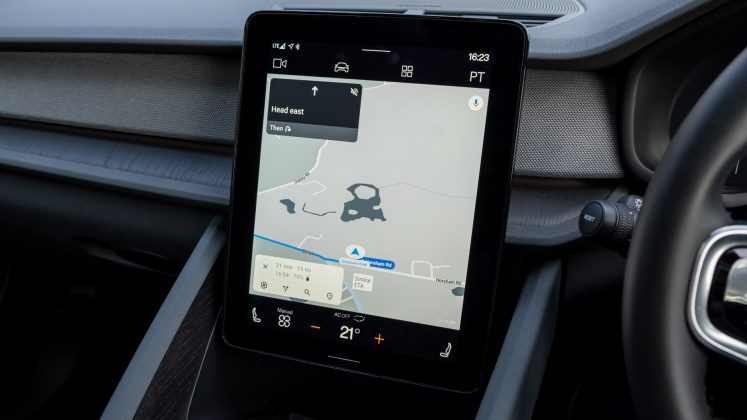
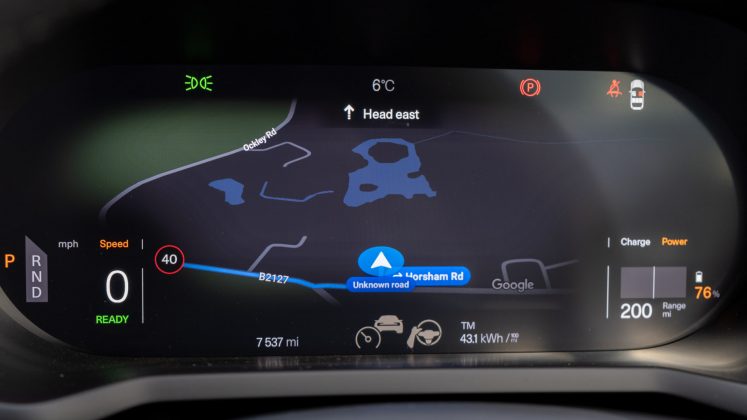
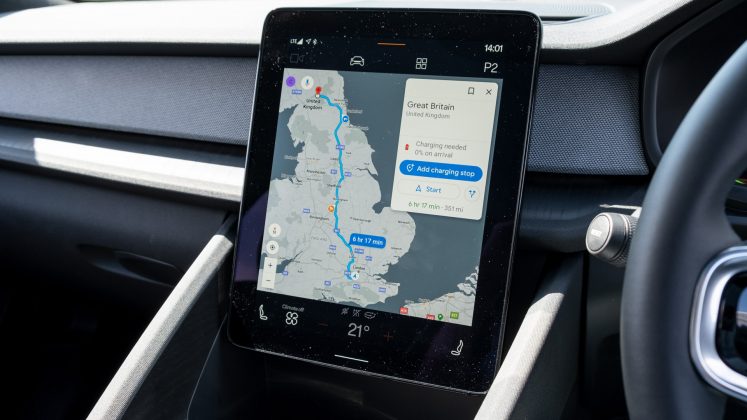
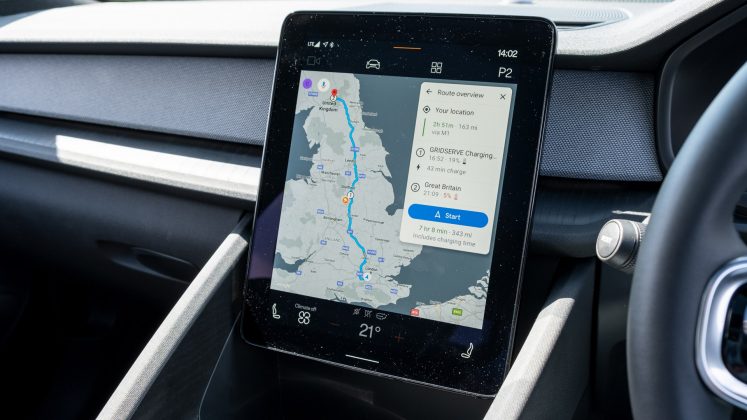
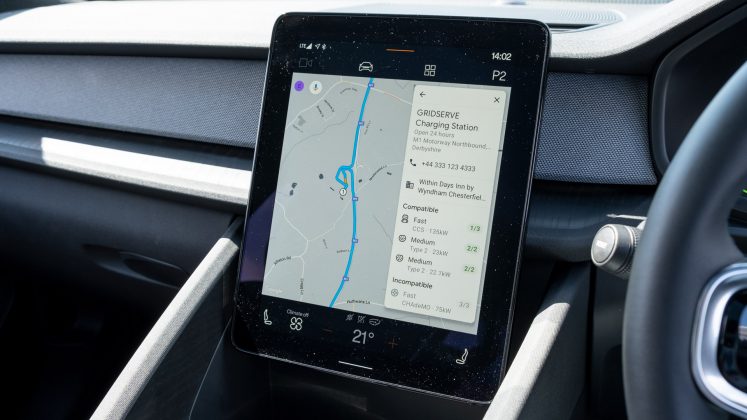
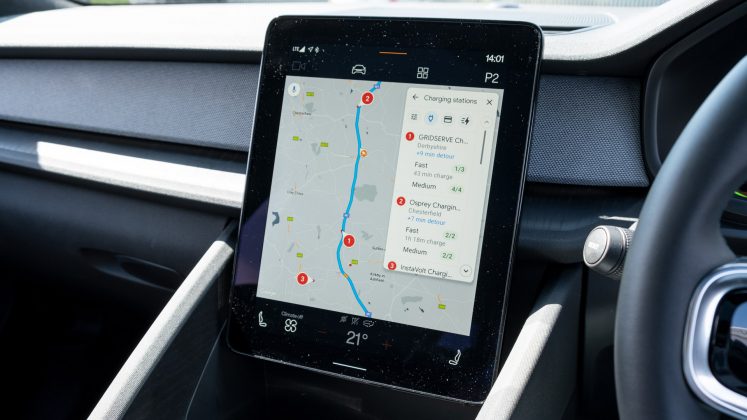
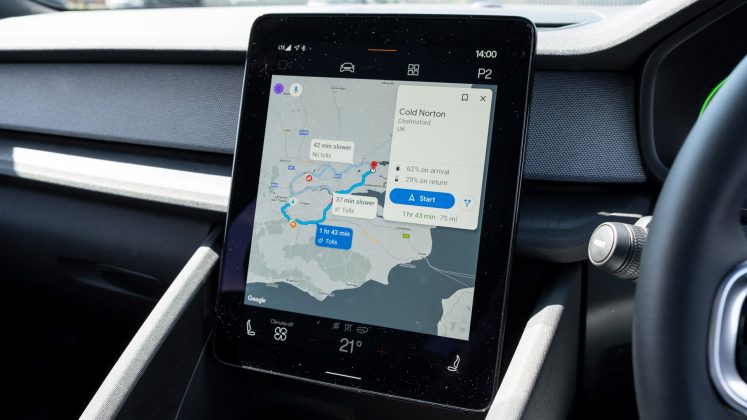
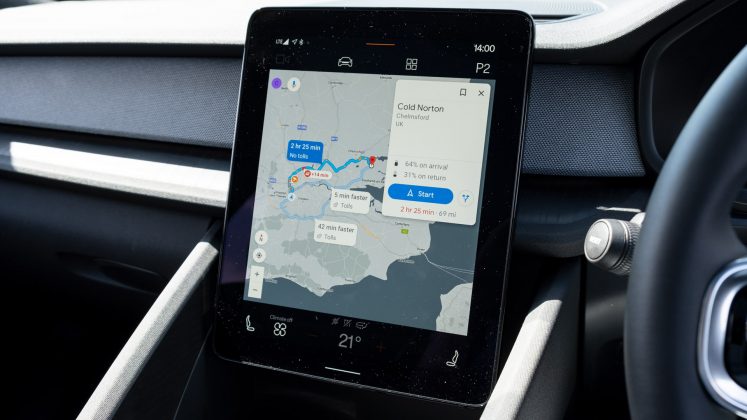
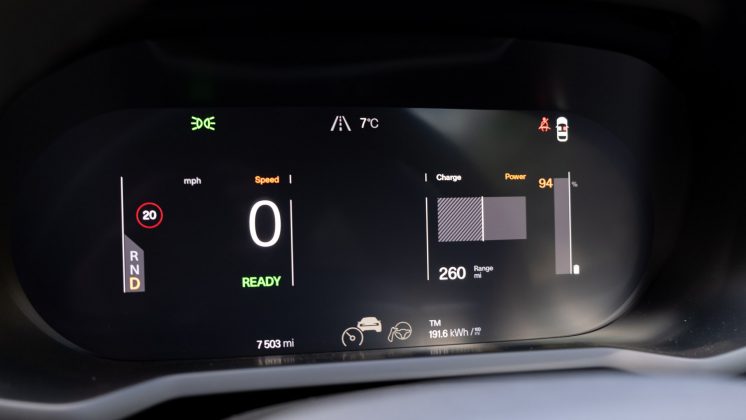
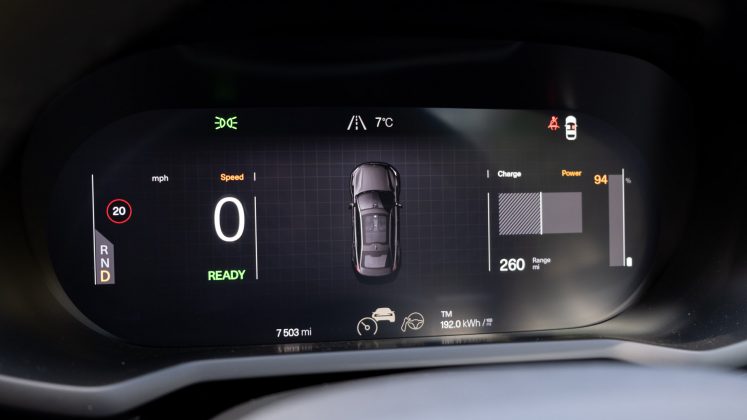
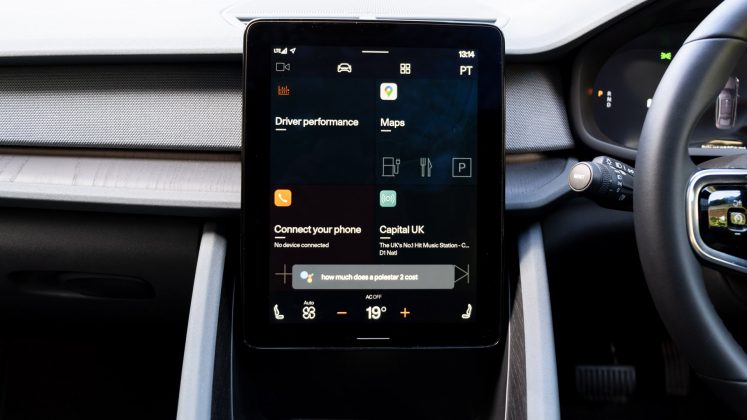
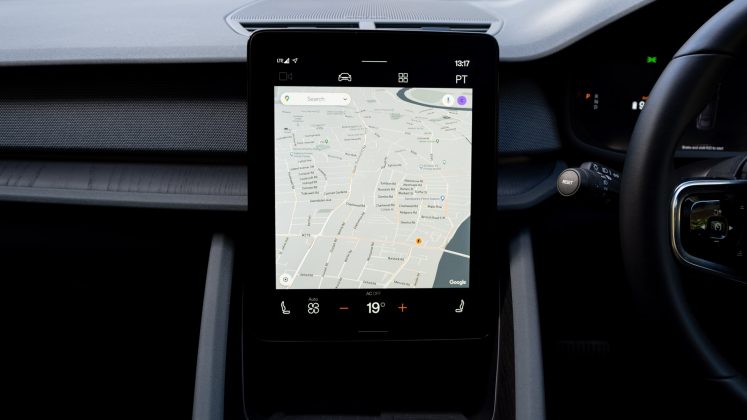
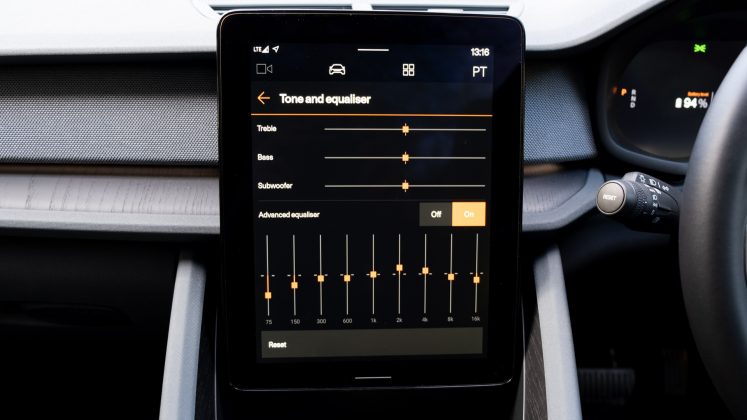
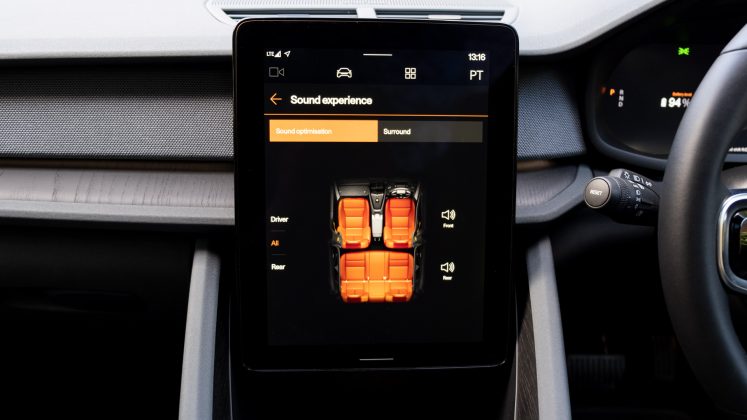
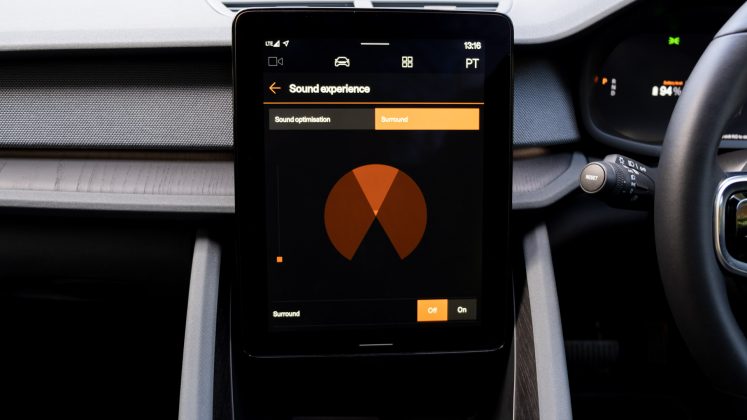
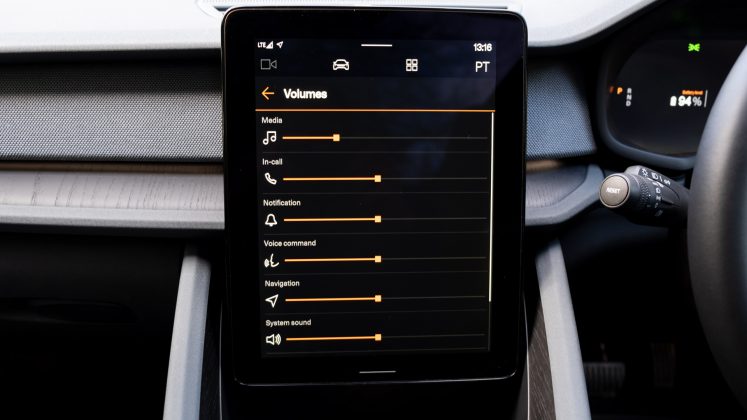
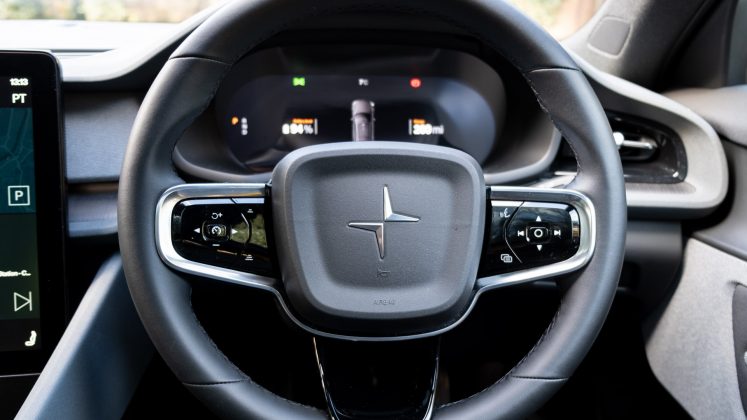
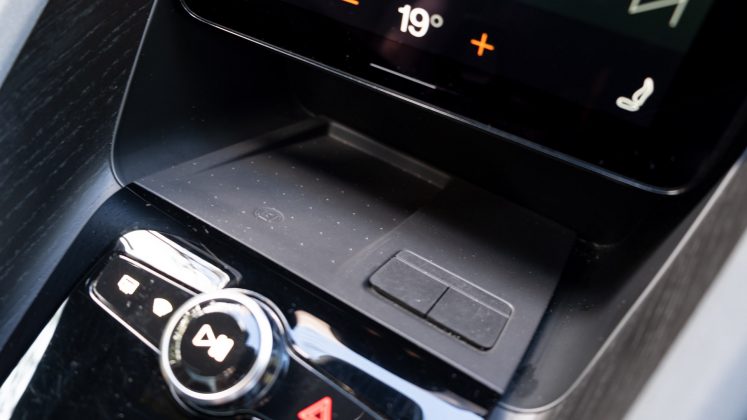
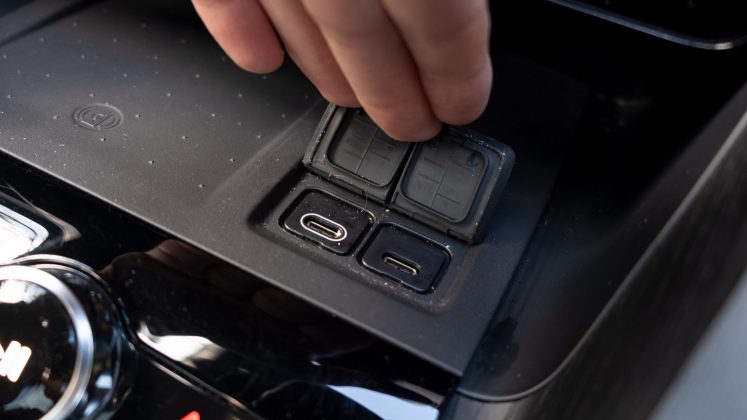
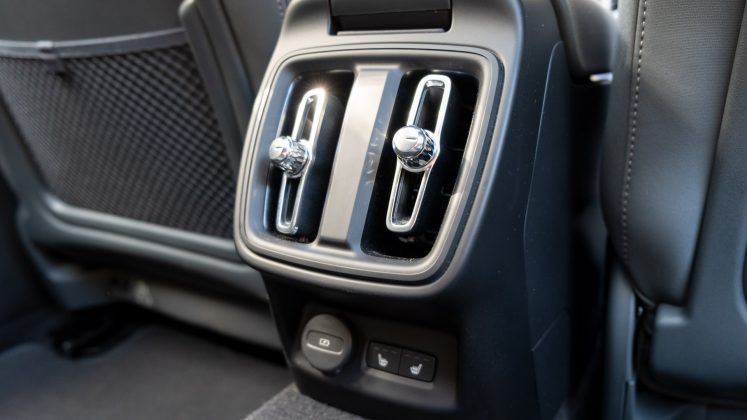
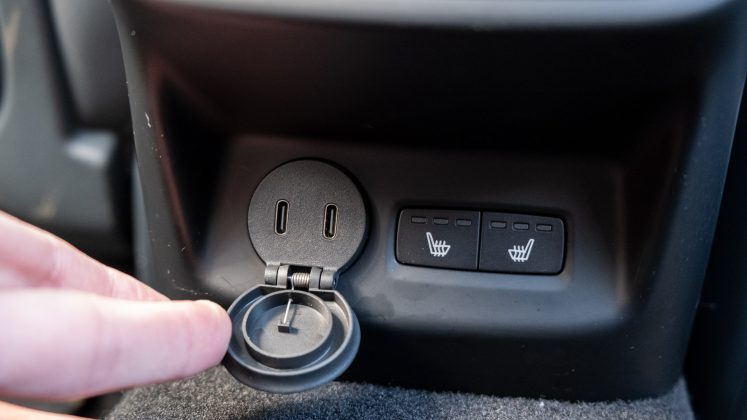
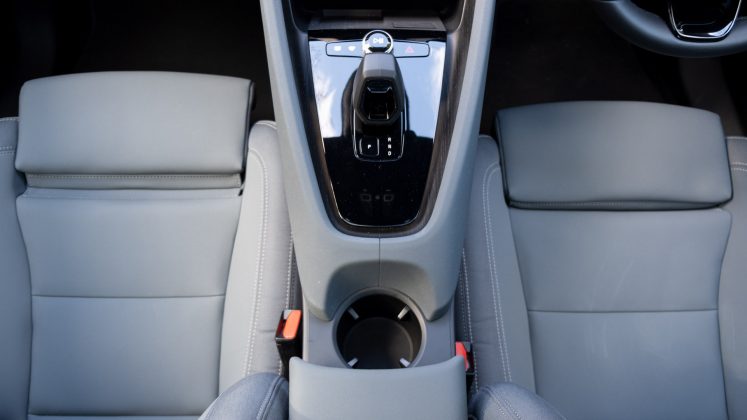
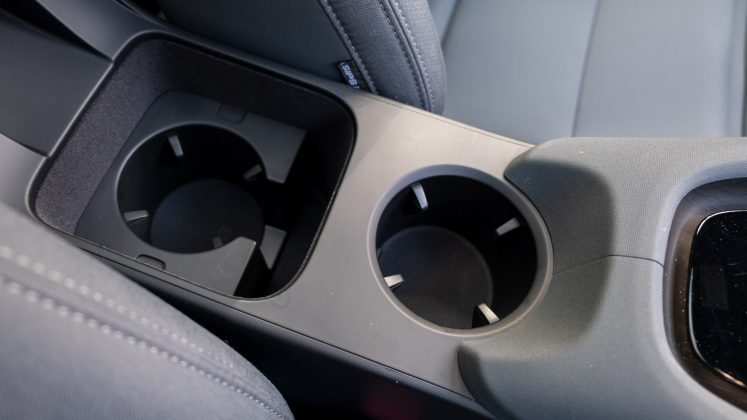
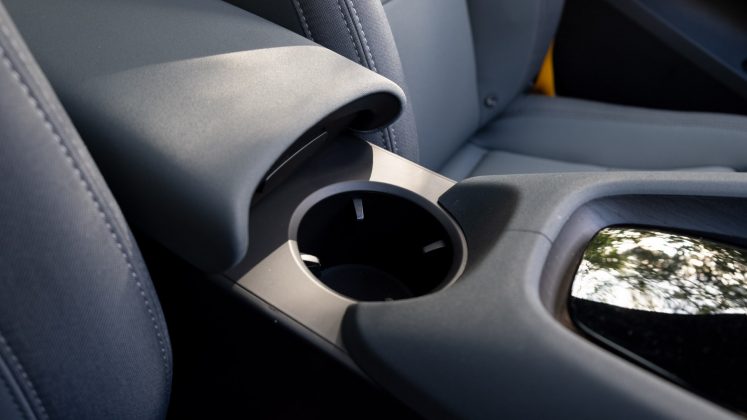
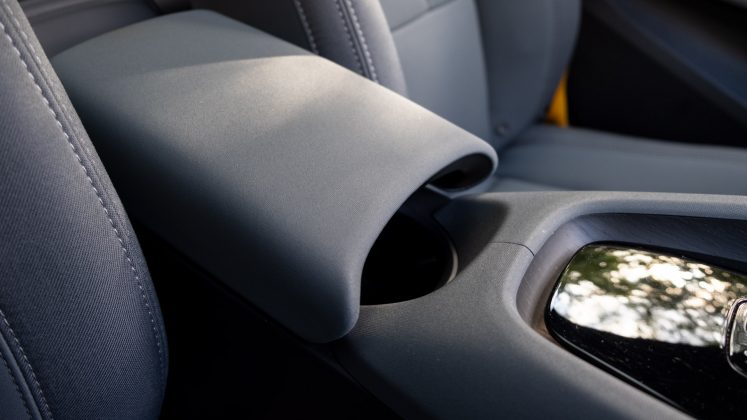
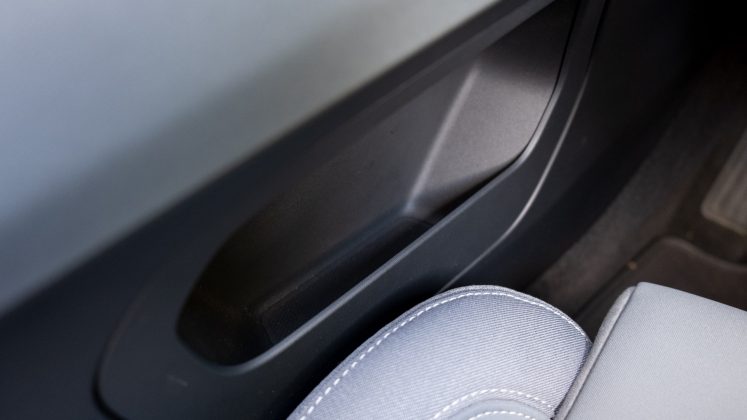
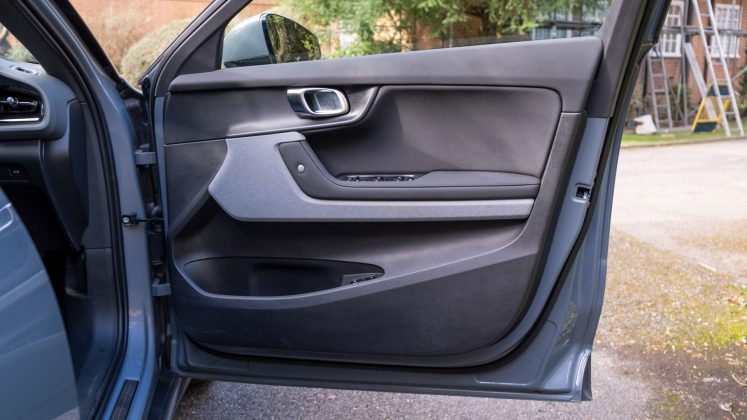
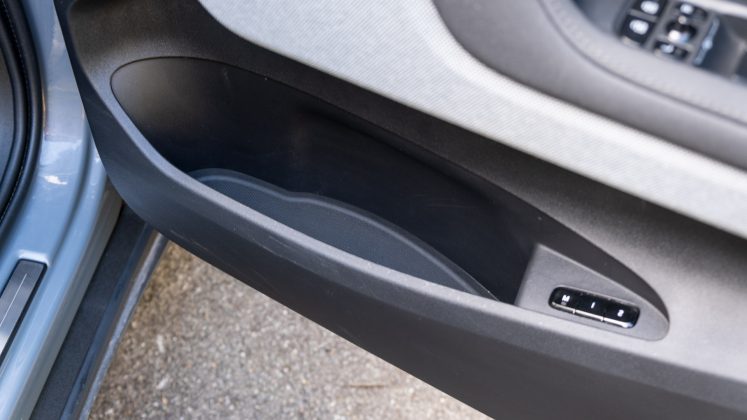
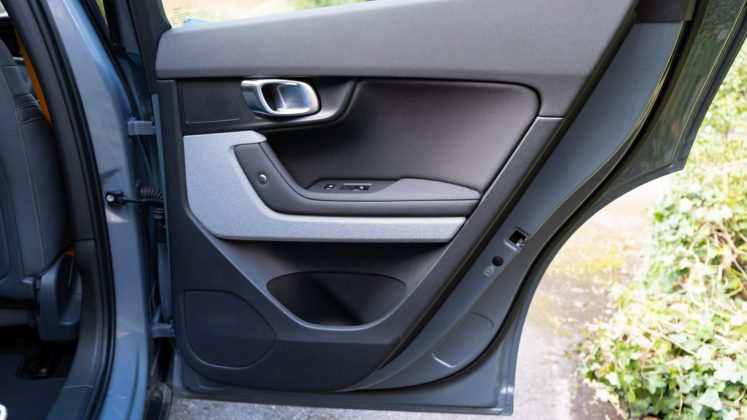
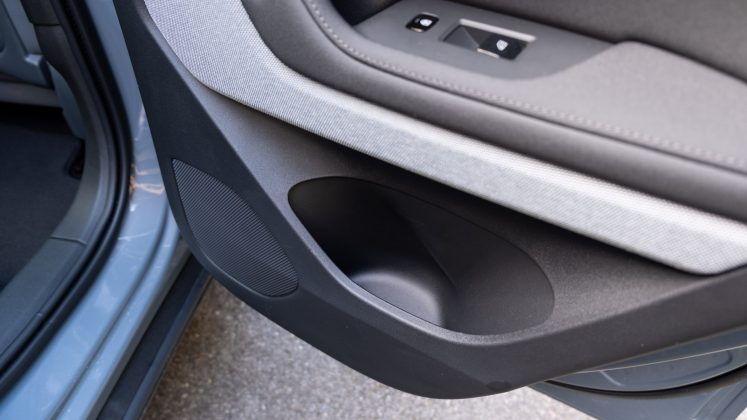
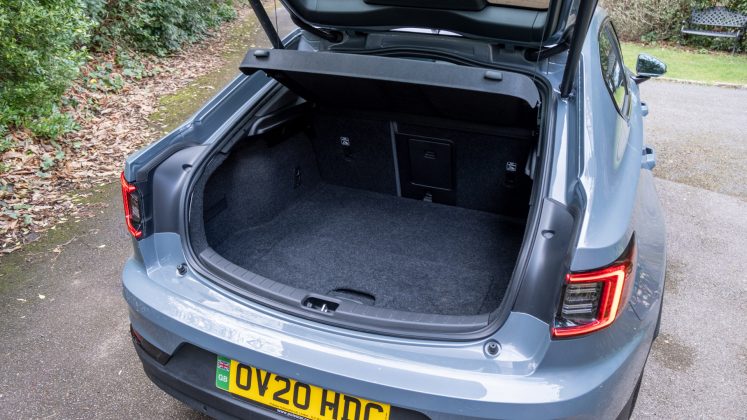
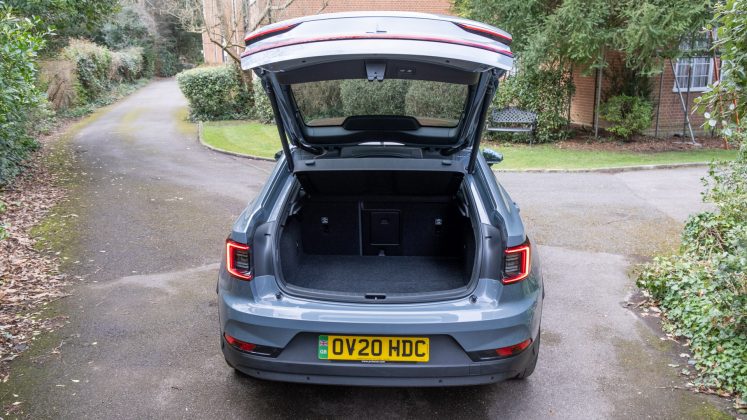
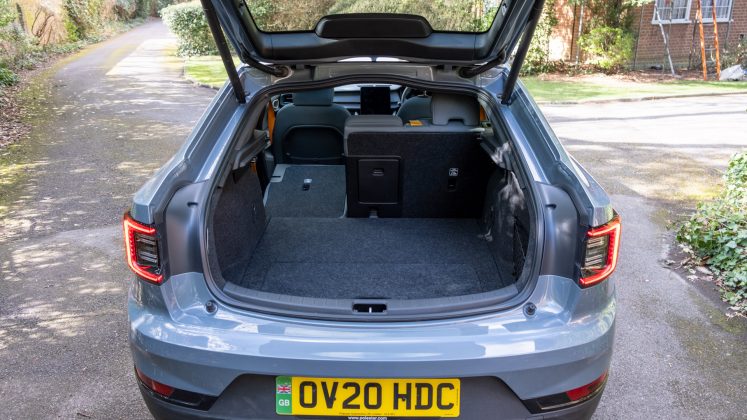
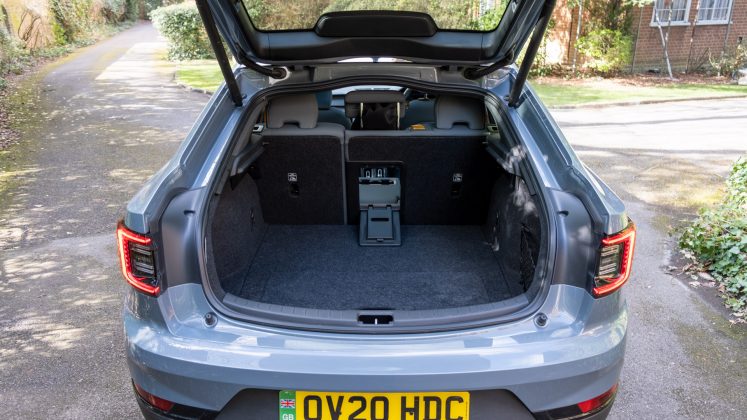
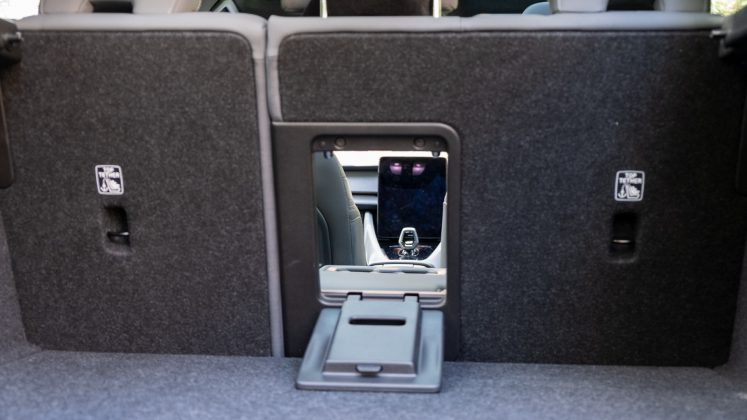
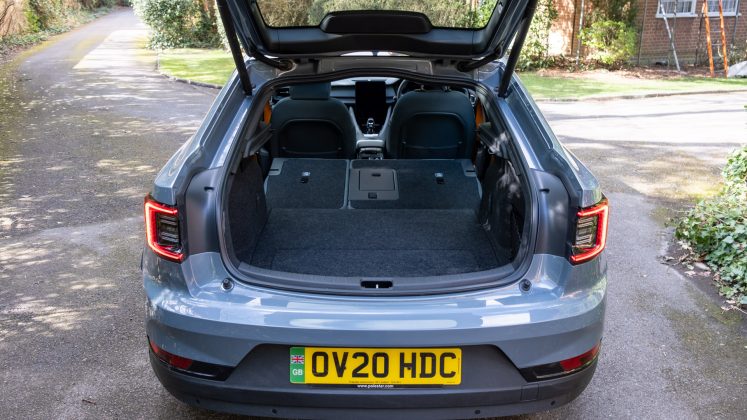
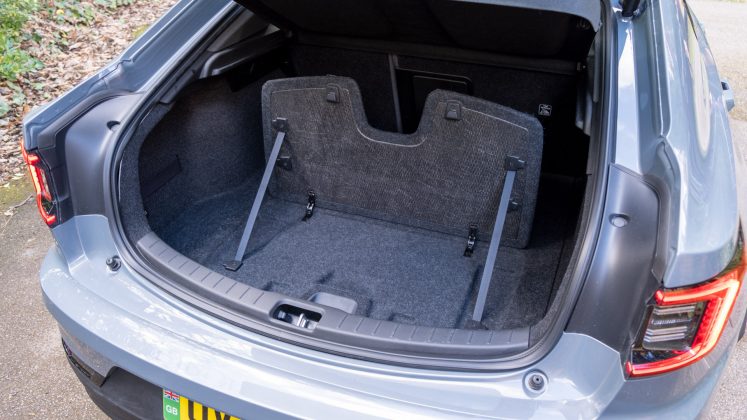
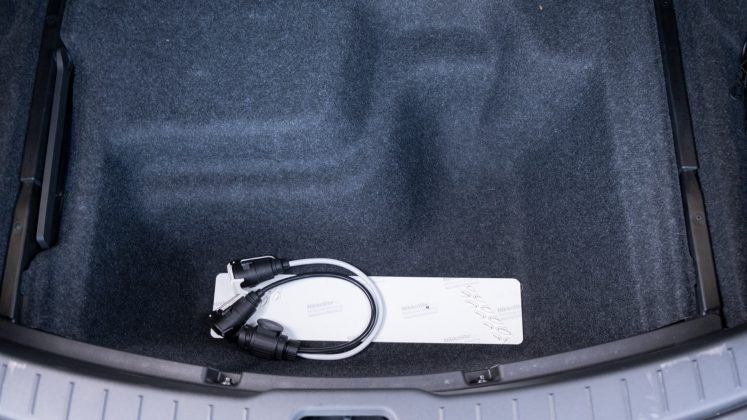
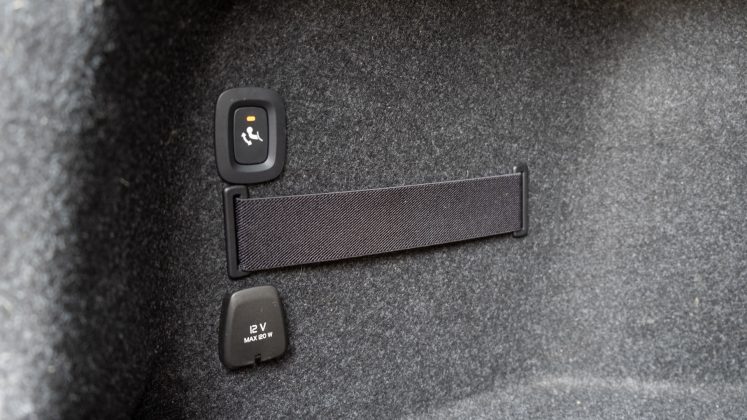
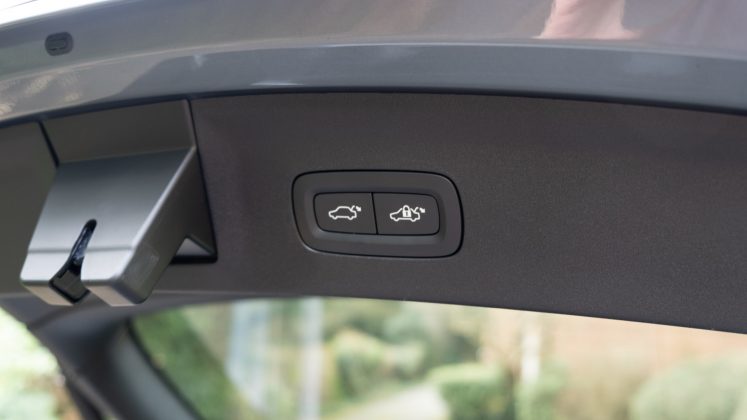
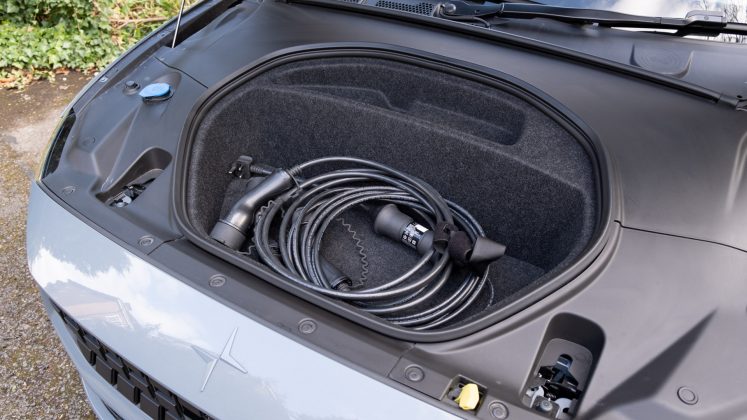
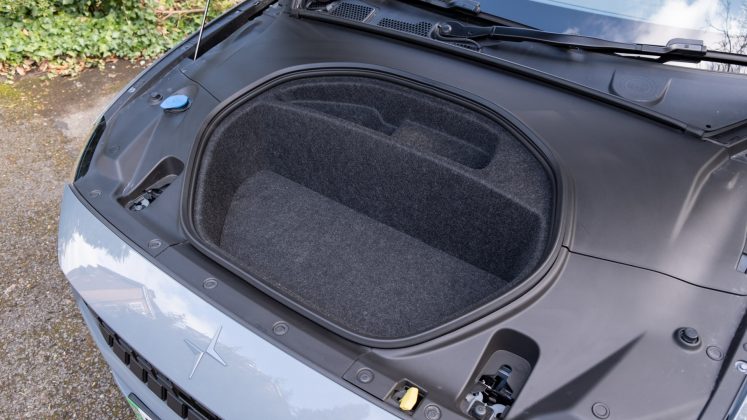
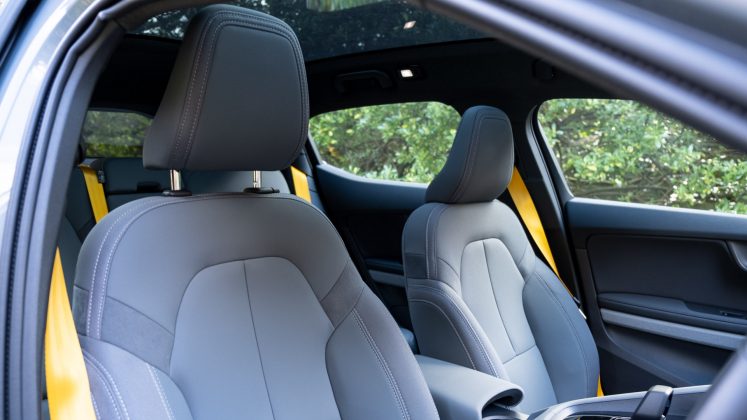
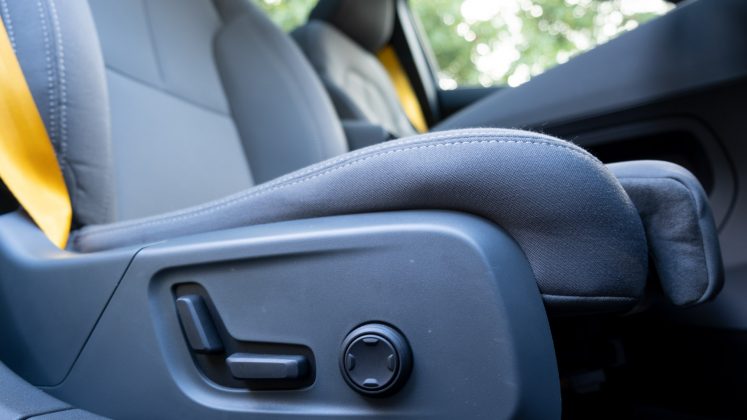
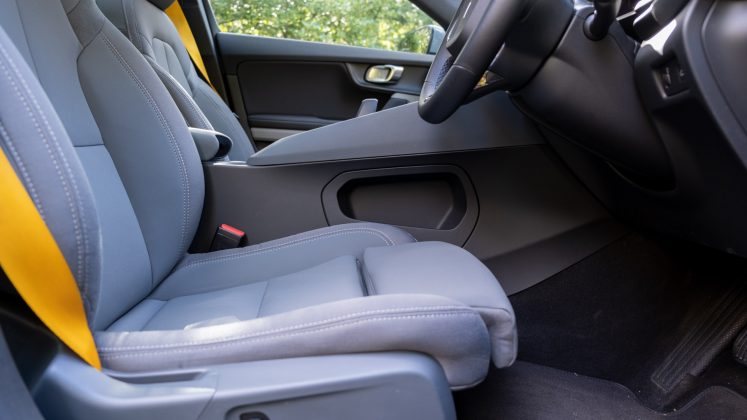
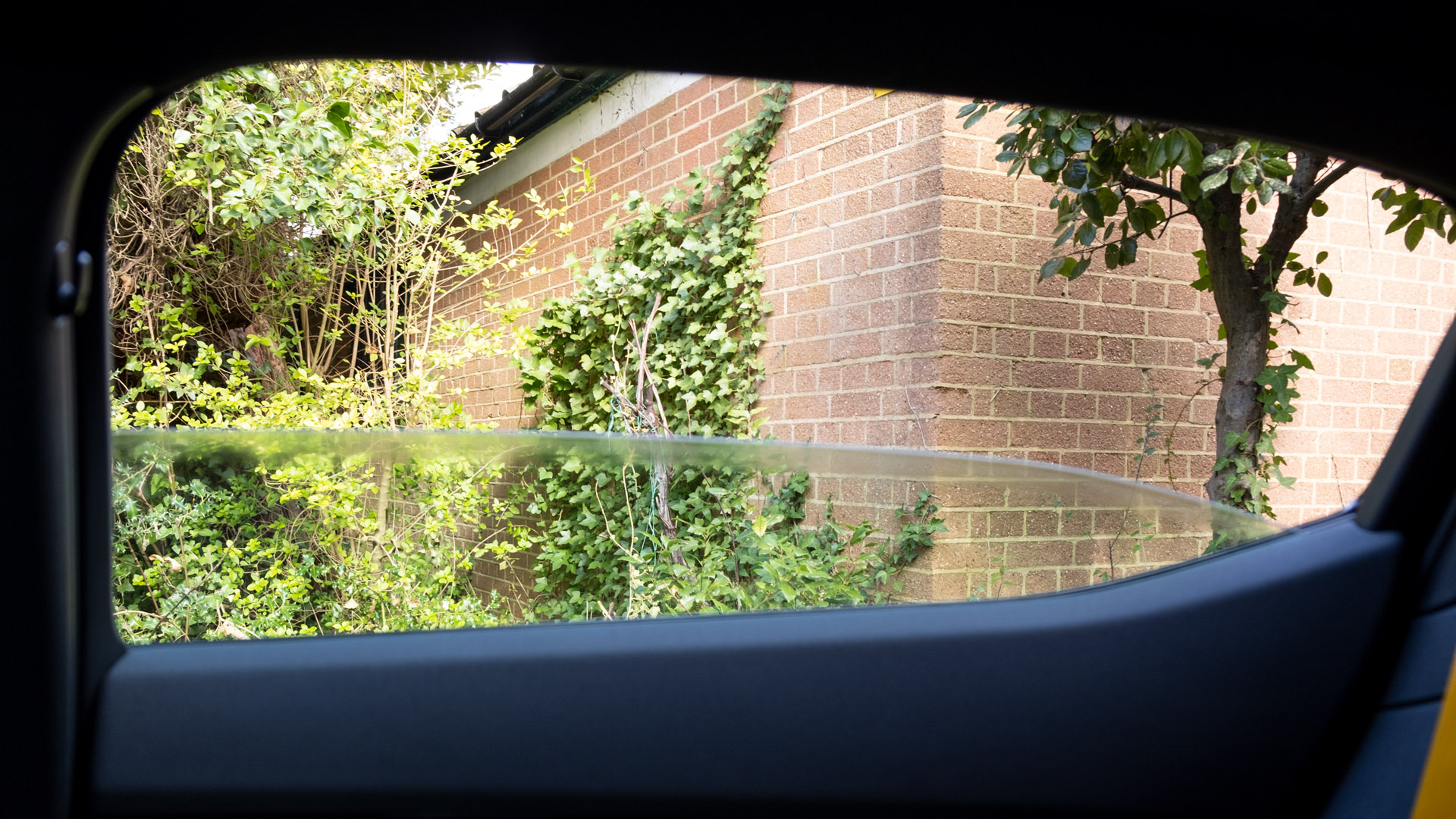
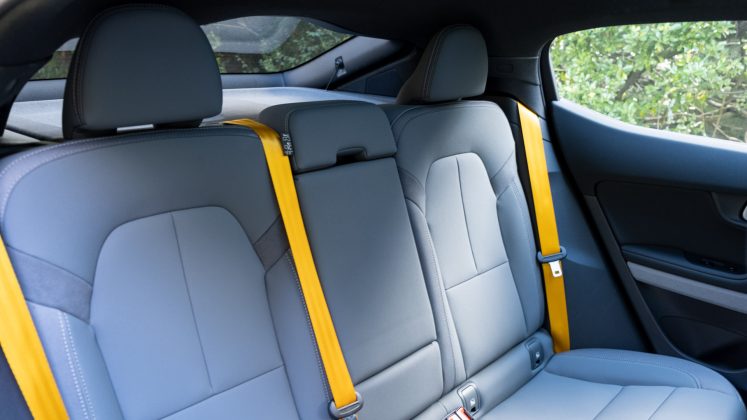
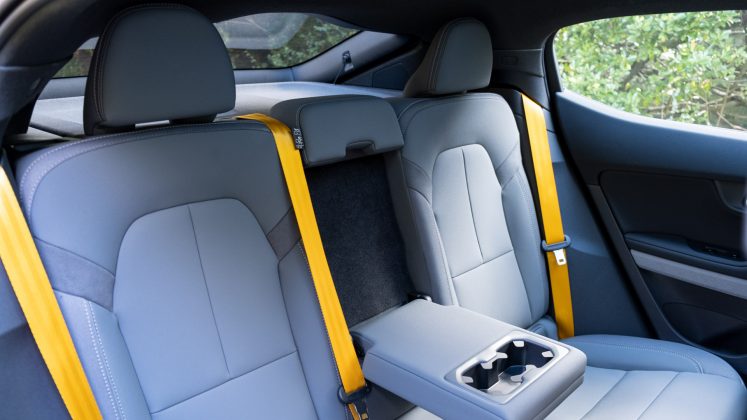
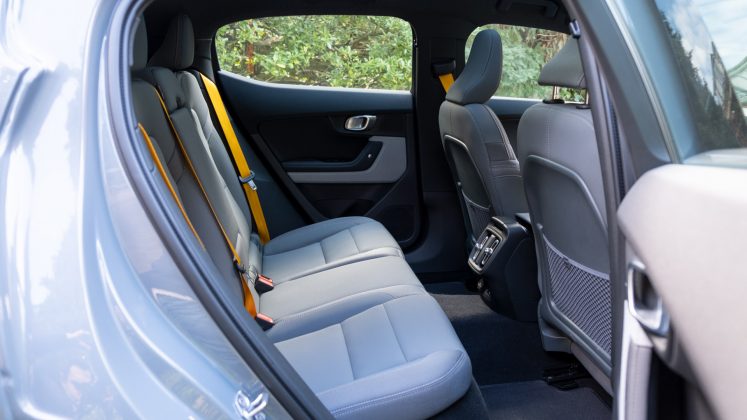
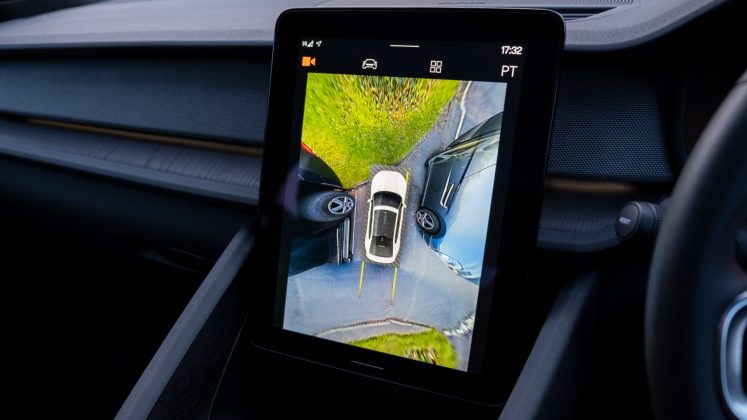
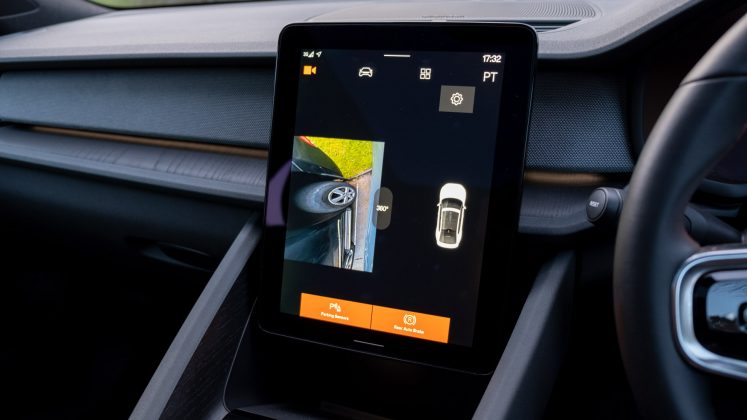
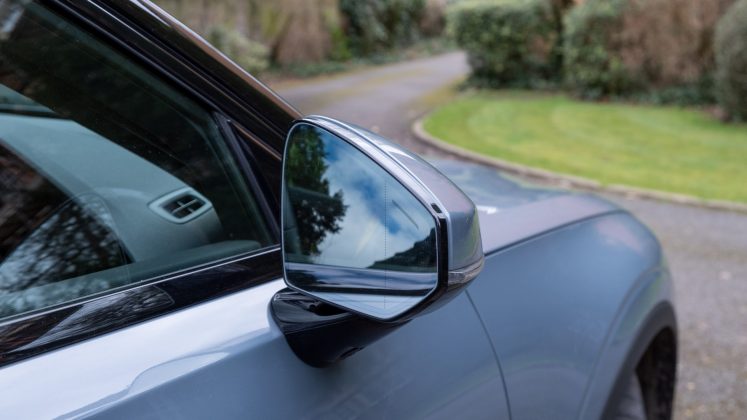
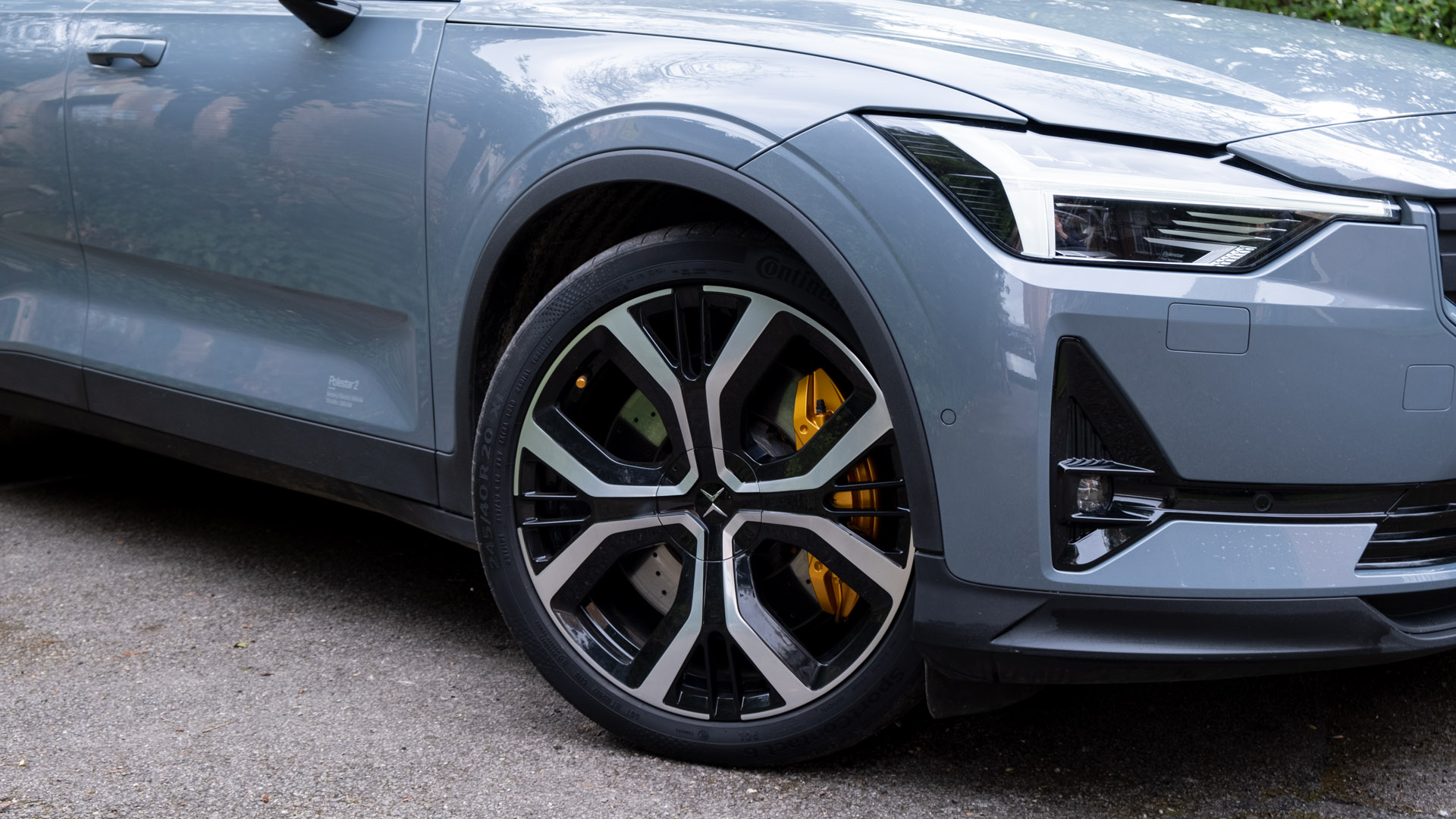
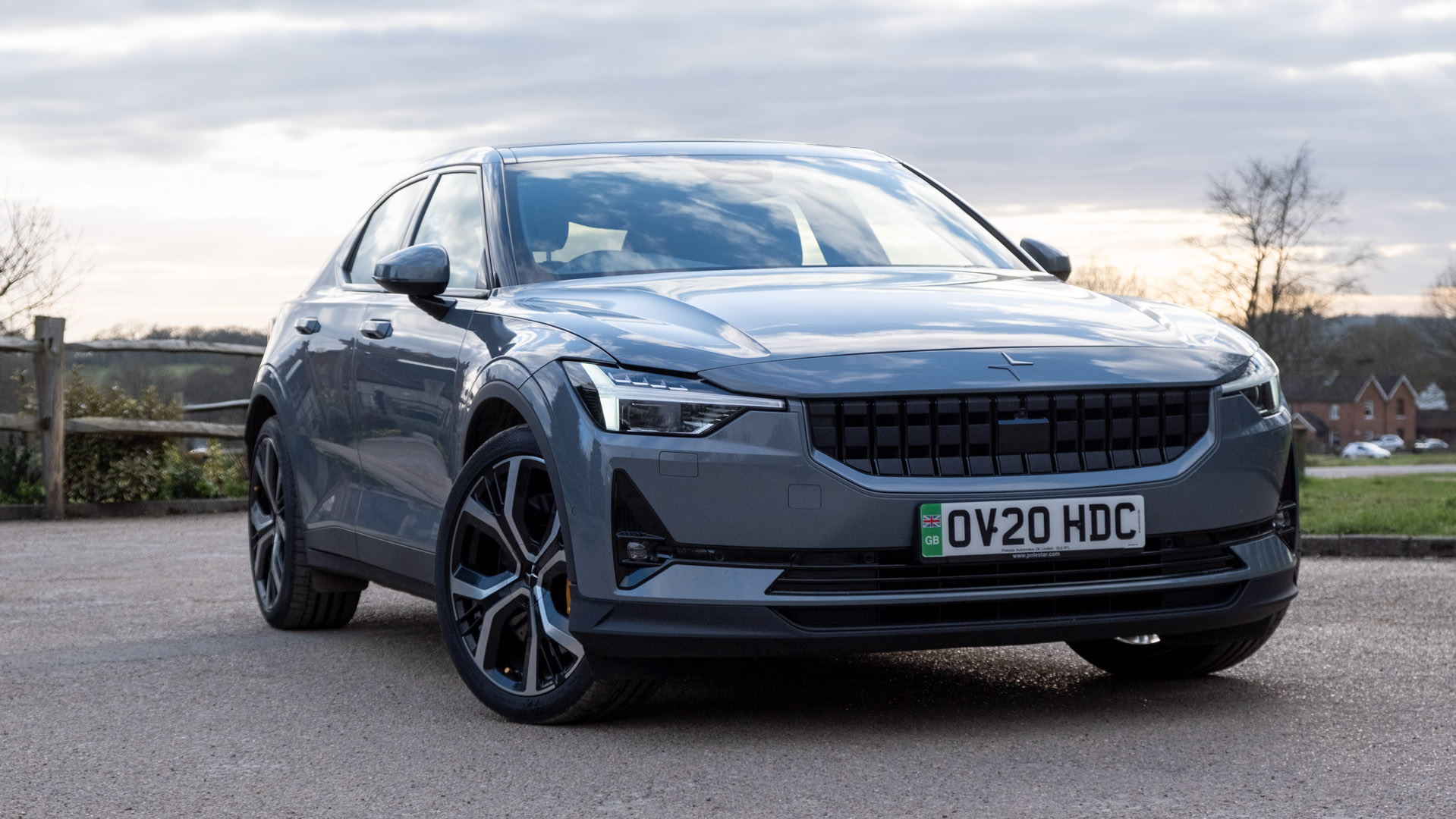
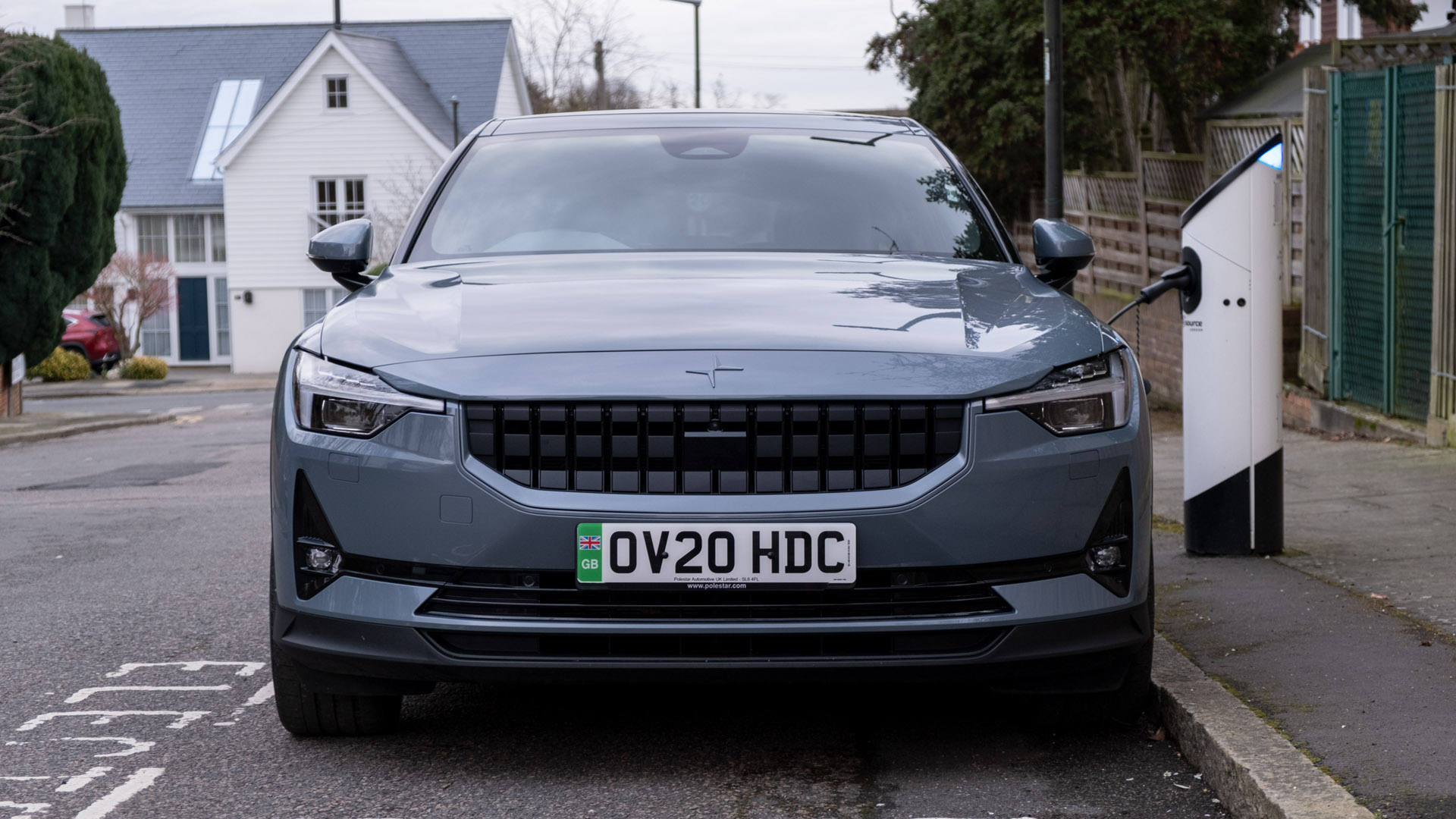
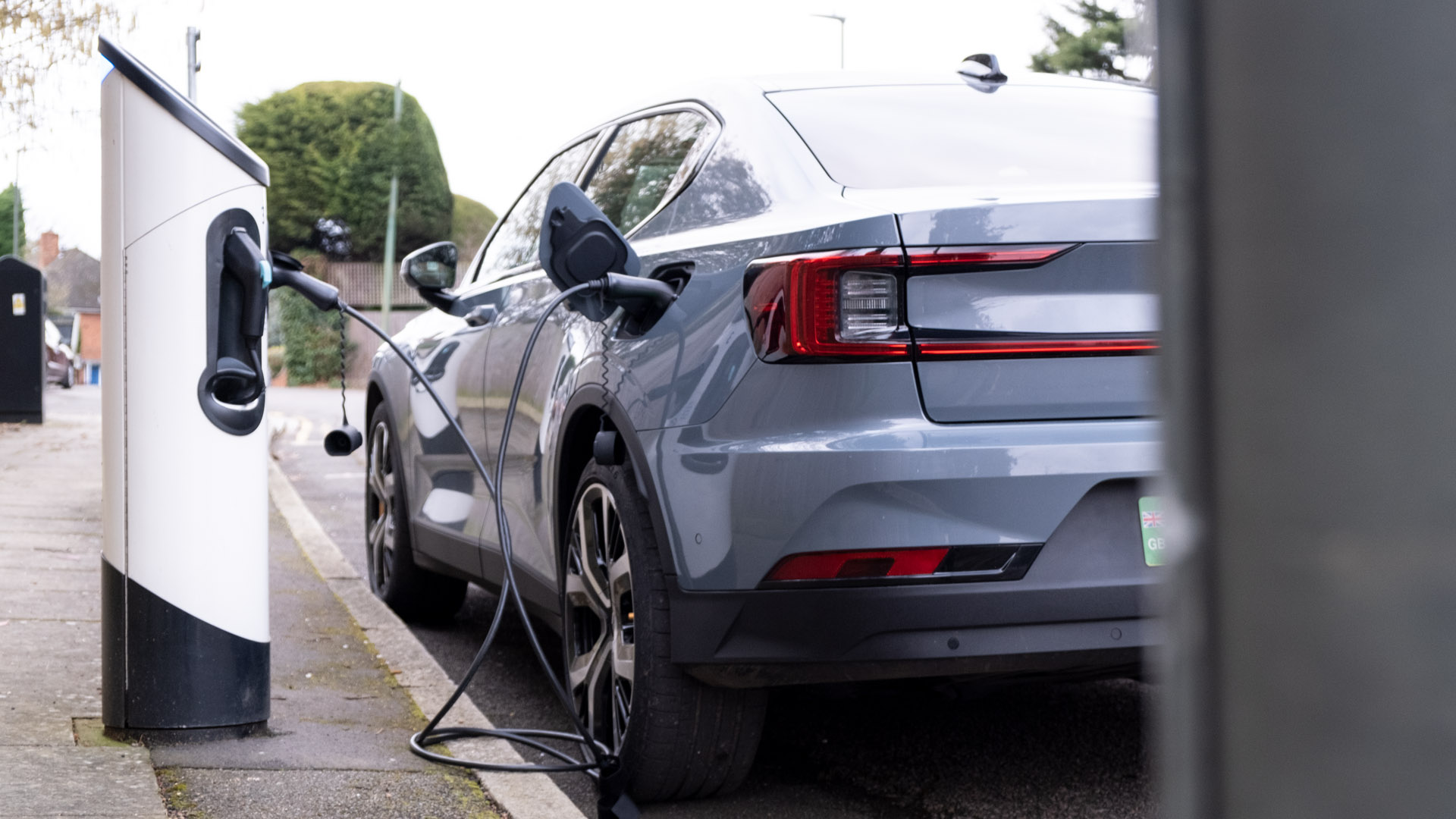
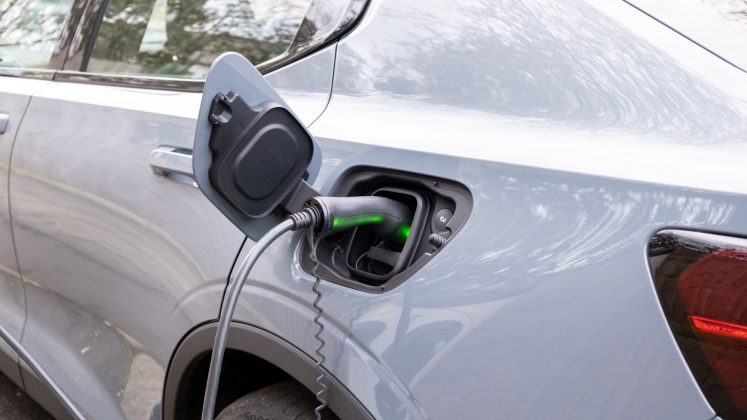
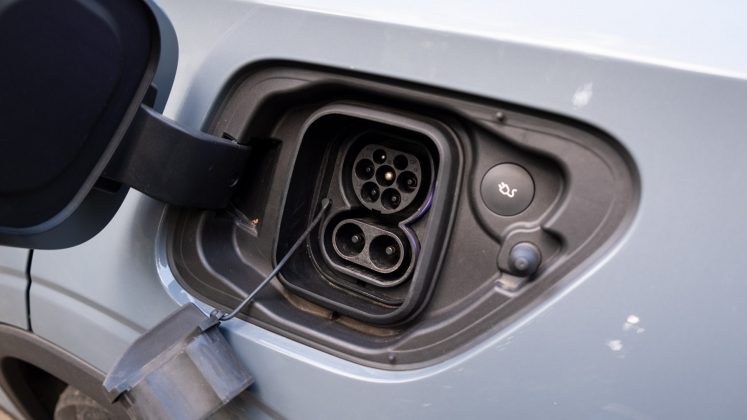
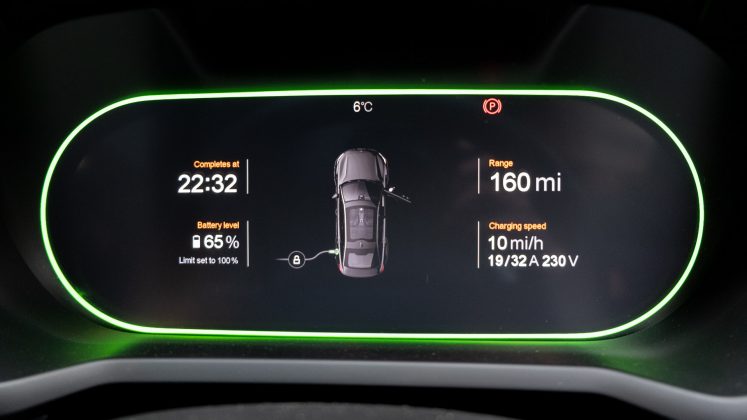
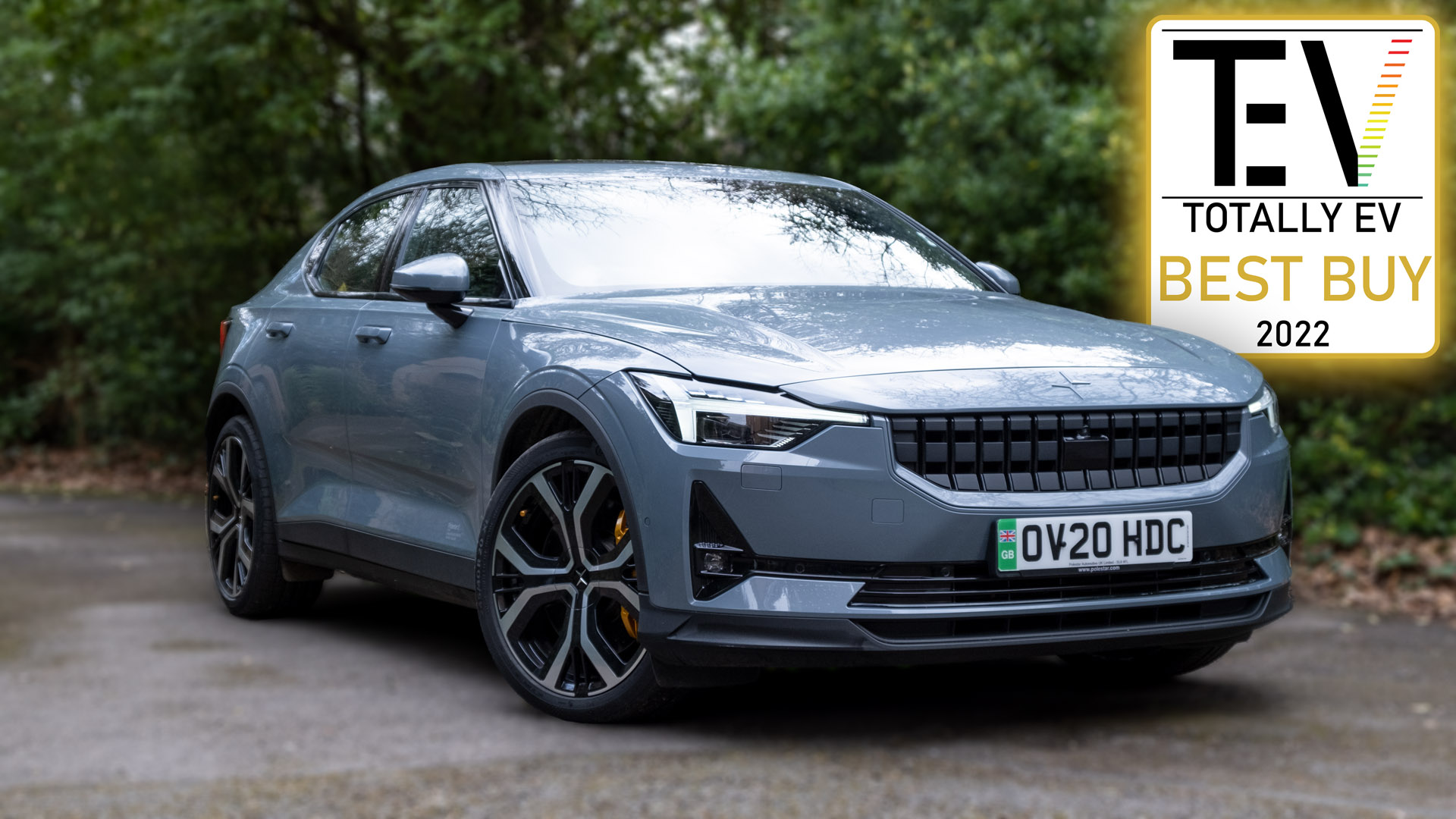

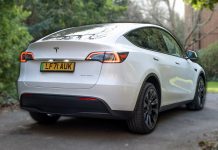
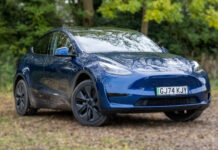

FYI: There is a rear boot release button, just above the licence plate.
Good spot Daniel, we’ve amended the review! Thank you.
I’m seriously considering the Polestar 2 for a company car pick. I’ve a shortlist of Polestar 2 pilot plus, Audi Q4 etron 40 edition 1 comfort sound or BMW IX3 premium pro. All cost about the same through my car scheme. I’d look at the new shape Tesla 3 but have two dogs and need a hatch/SUV boot access. I want something exciting, high spec, quite luxurious (preferably distinctive/different) and with good range. What would be your pick of the three and is there anything else I am missing?
Hard to say about the Q4 and IX3, as we’ve not driven them; suspect they won’t be as fun, however, as the Polestar 2.
Cheaper alternatives would be something like the Kia e-Niro and Hyundai Kona Electric, but again, won’t compete with the likes of the P2 in terms of fun or speed.
Thank you, so you’d definitely recommend it? The Tesla 3 sounds a more attractive car on many fronts but the saloon style boot doesn’t work with the two dogs unfortunately.
If you’re after a fully electric vehicle, that will excite and has a more practical boot than the Tesla Model 3, yes. Can’t think of a better car than the Polestar 2. The other vehicle that might potentially be up your alley due to its hatchback design, but won’t provide the elongated boot of the P2, is the VW ID.3 Pro S Tour.
I think you put too much store in the range, fact is most journeys can be easily accommodated within a 200 mile range and as charging becomes easier and quicker, range becomes less relevant, Add in the fact that TESLA are soon to allow other brands access to its supercharger network and it’s irrelevant.
You make a valid point, however, given its closest and similarly-priced rival achieves north of 300 miles, it’s hard to ignore its lower range figure. With that said, the model on review didn’t have a heat pump – given our experiences with the Volvo XC40 Recharge Twin, one might achieve around 240-250 miles in similar driving conditions.
As for charging, not quite. The charging infrastructure would need to install a multitude of rapid chargers (let alone have access to the Tesla Supercharger network), and yet still, one would be limited by the vehicle’s input charge – in the P2’s case, 150 kW. What would be the solution, however, would be bettered charging solutions for home or destination chargers. At present, many flat owners who live within cities cannot conveniently charge, nor can they benefit from reduced overnight rates.